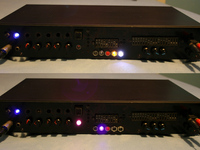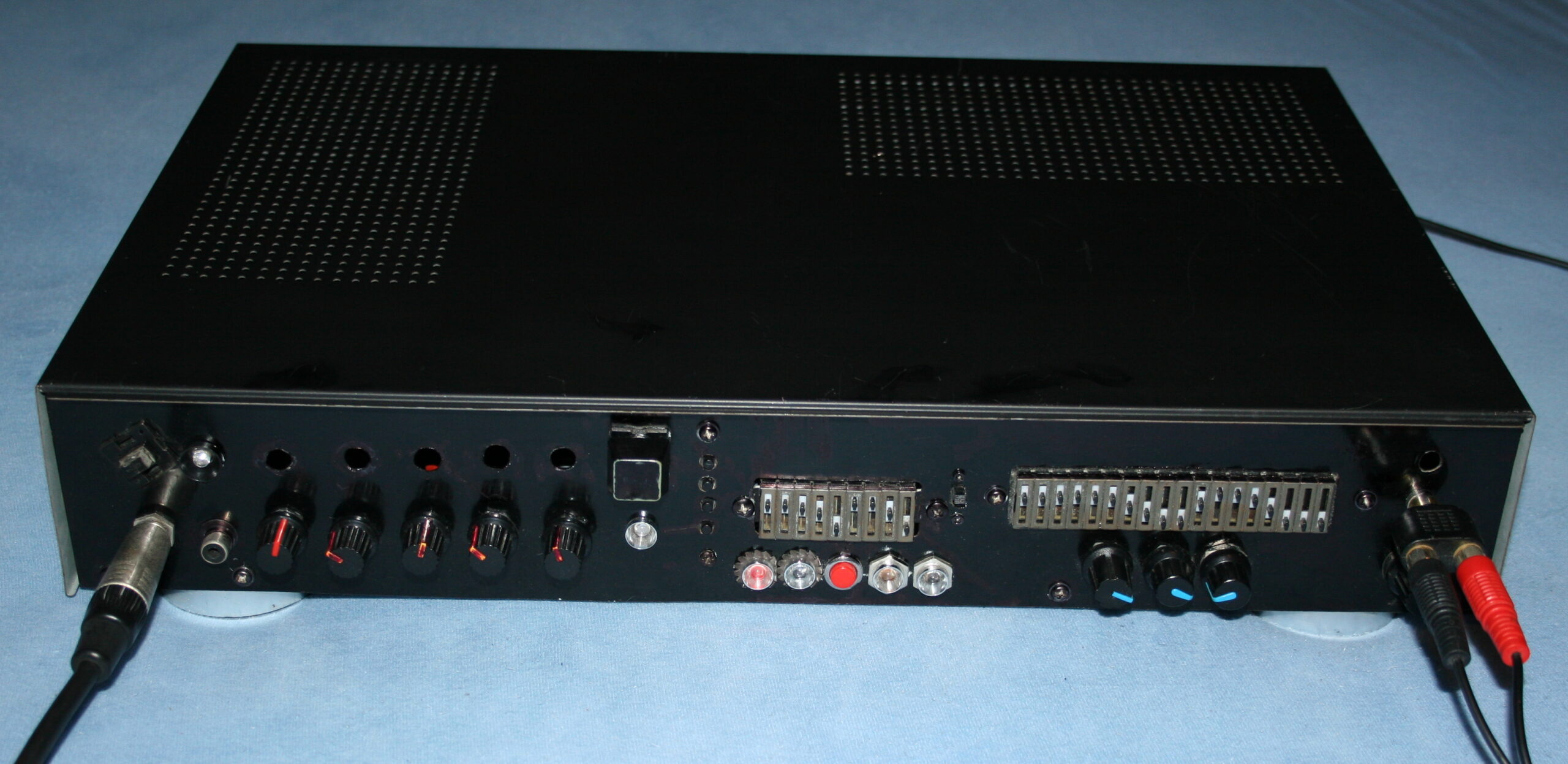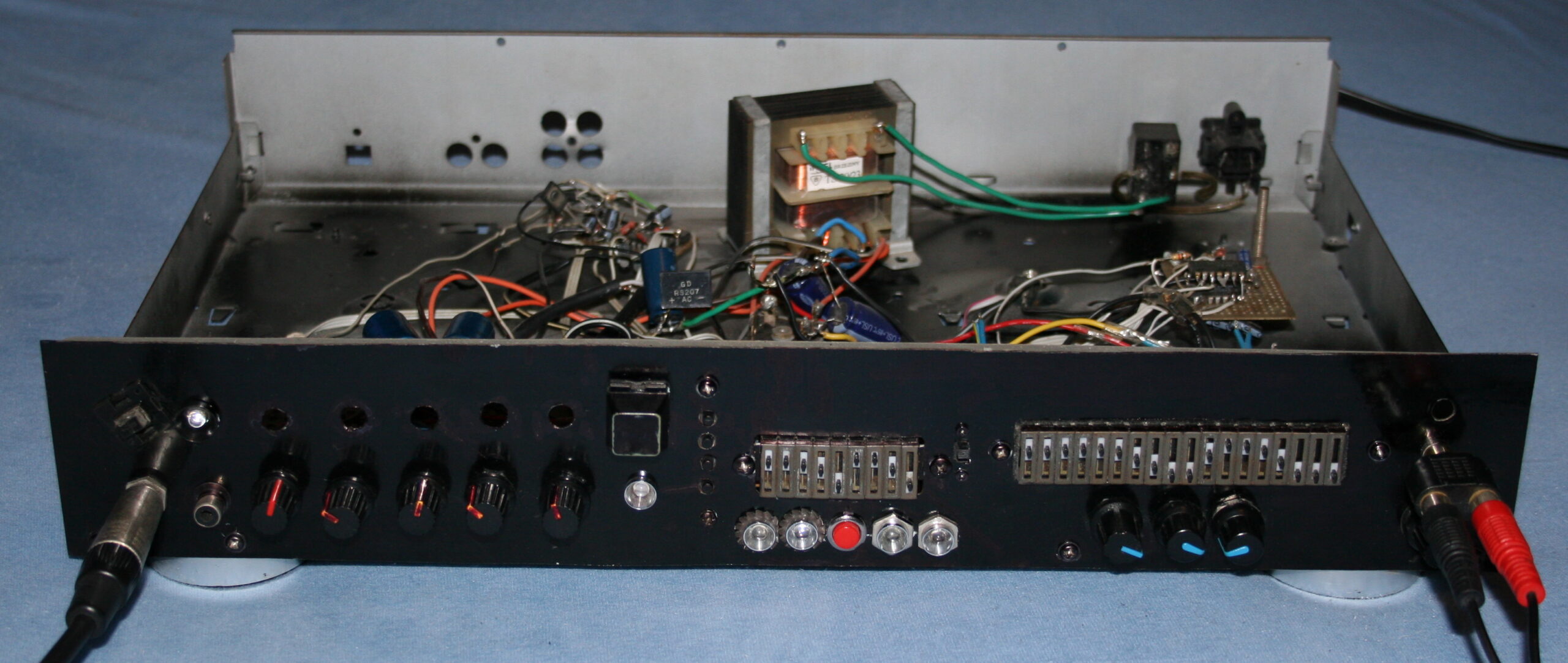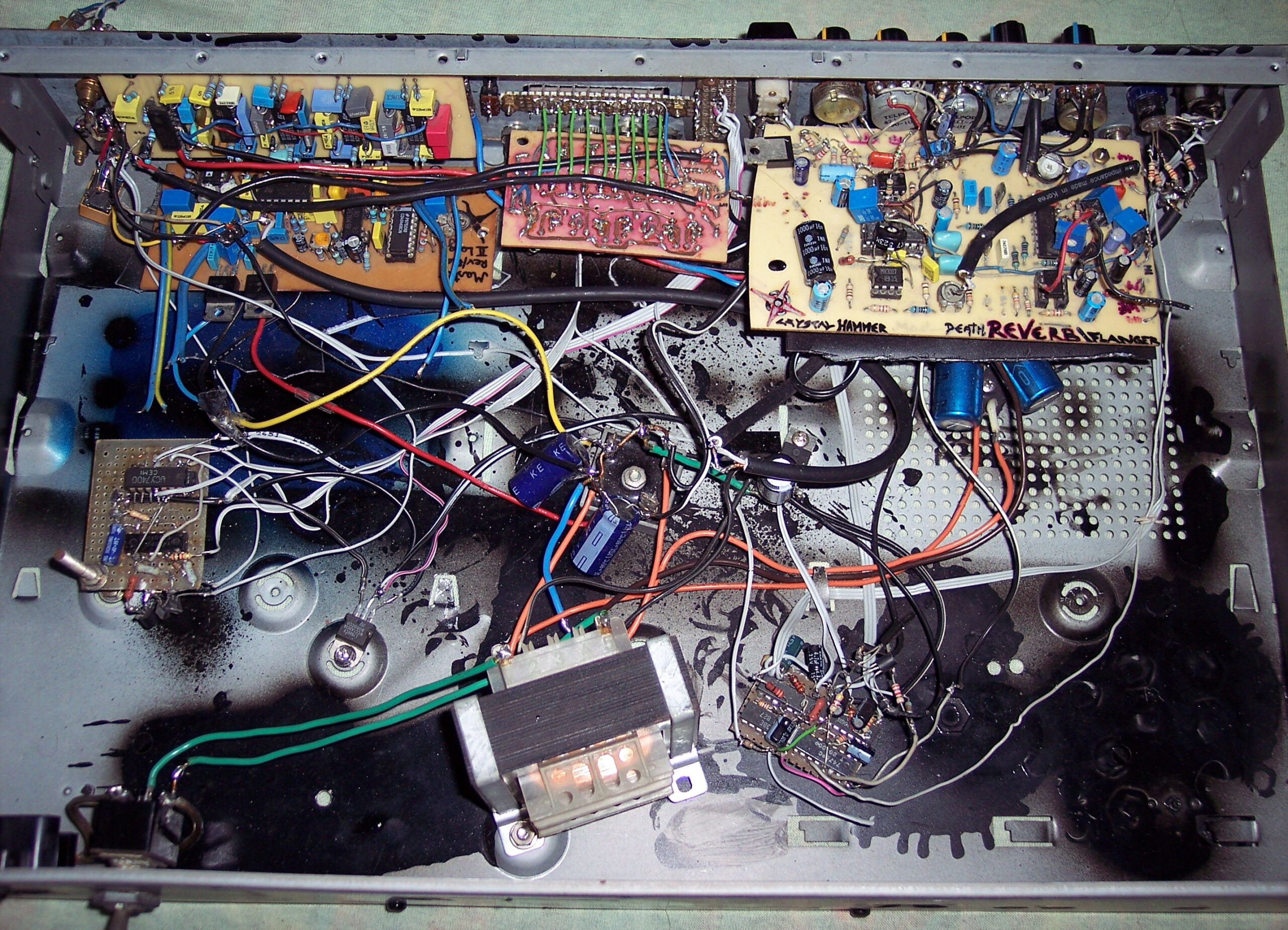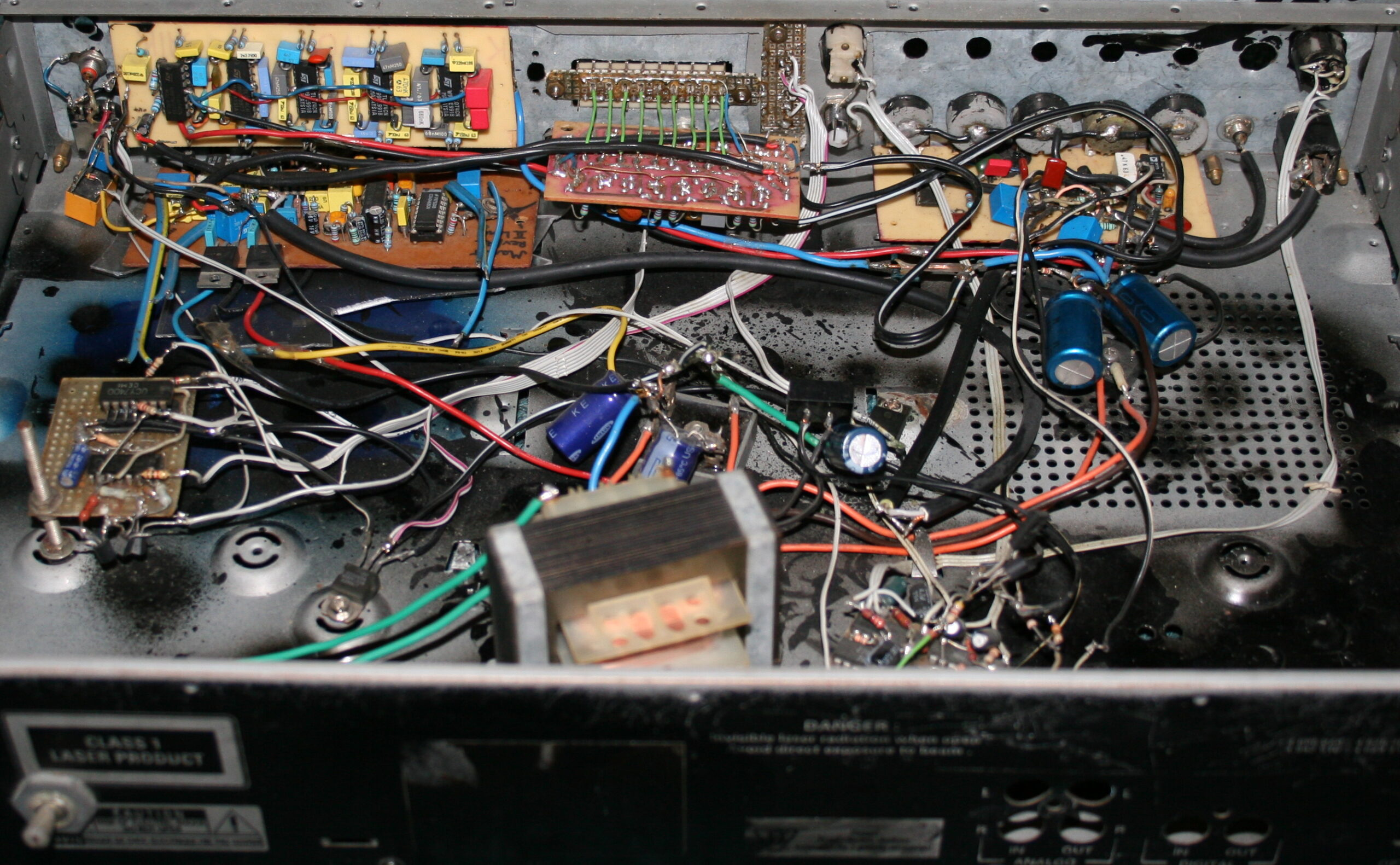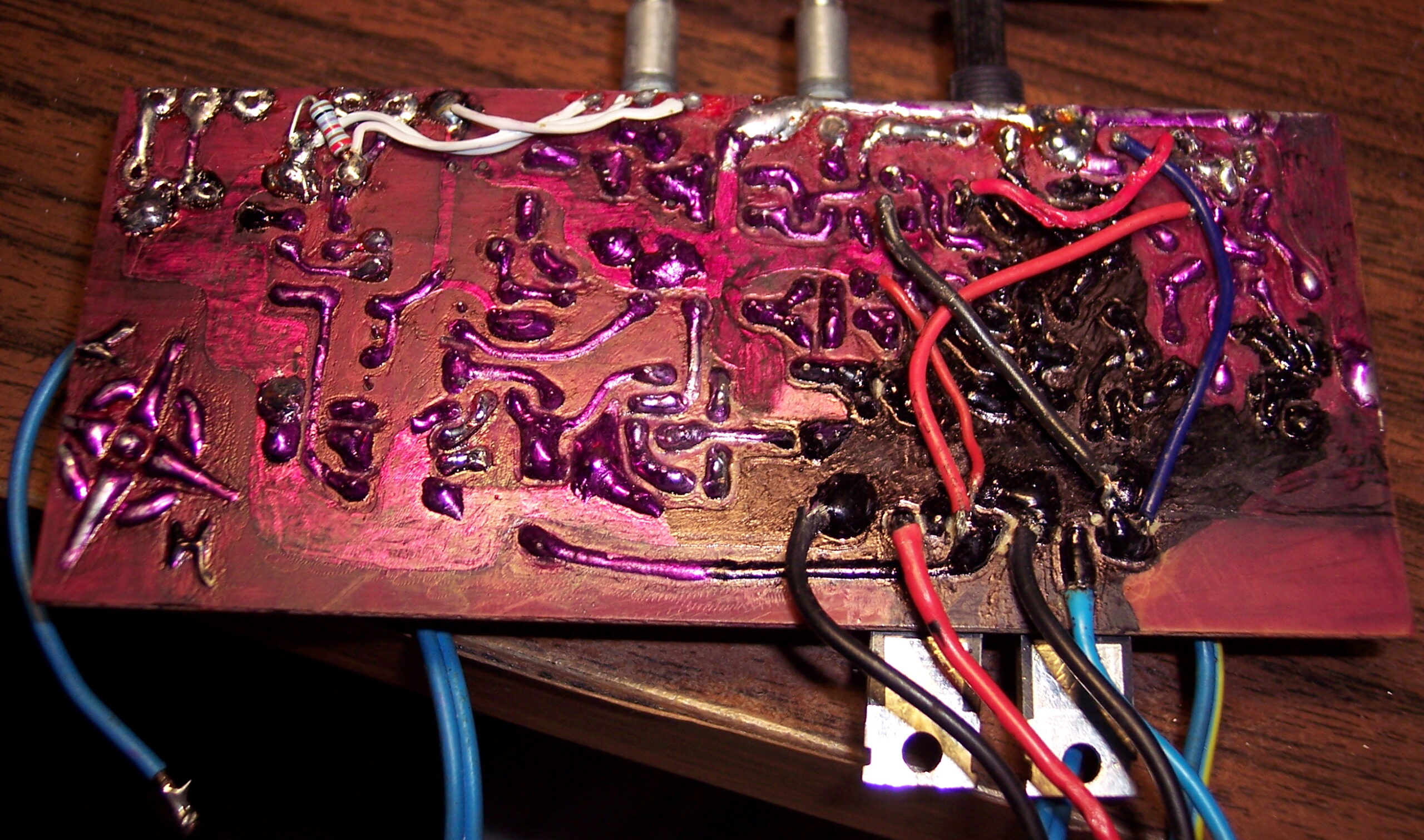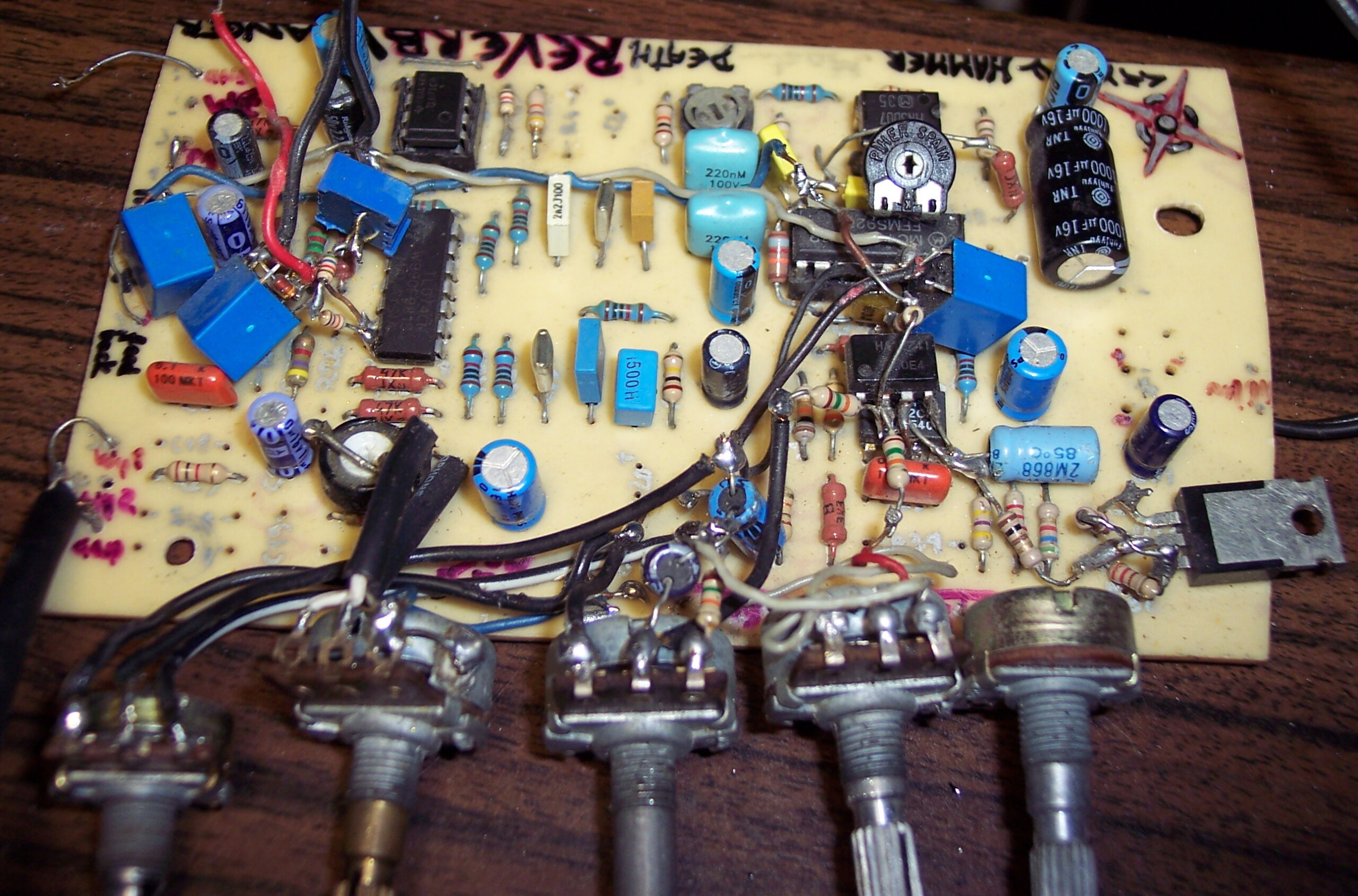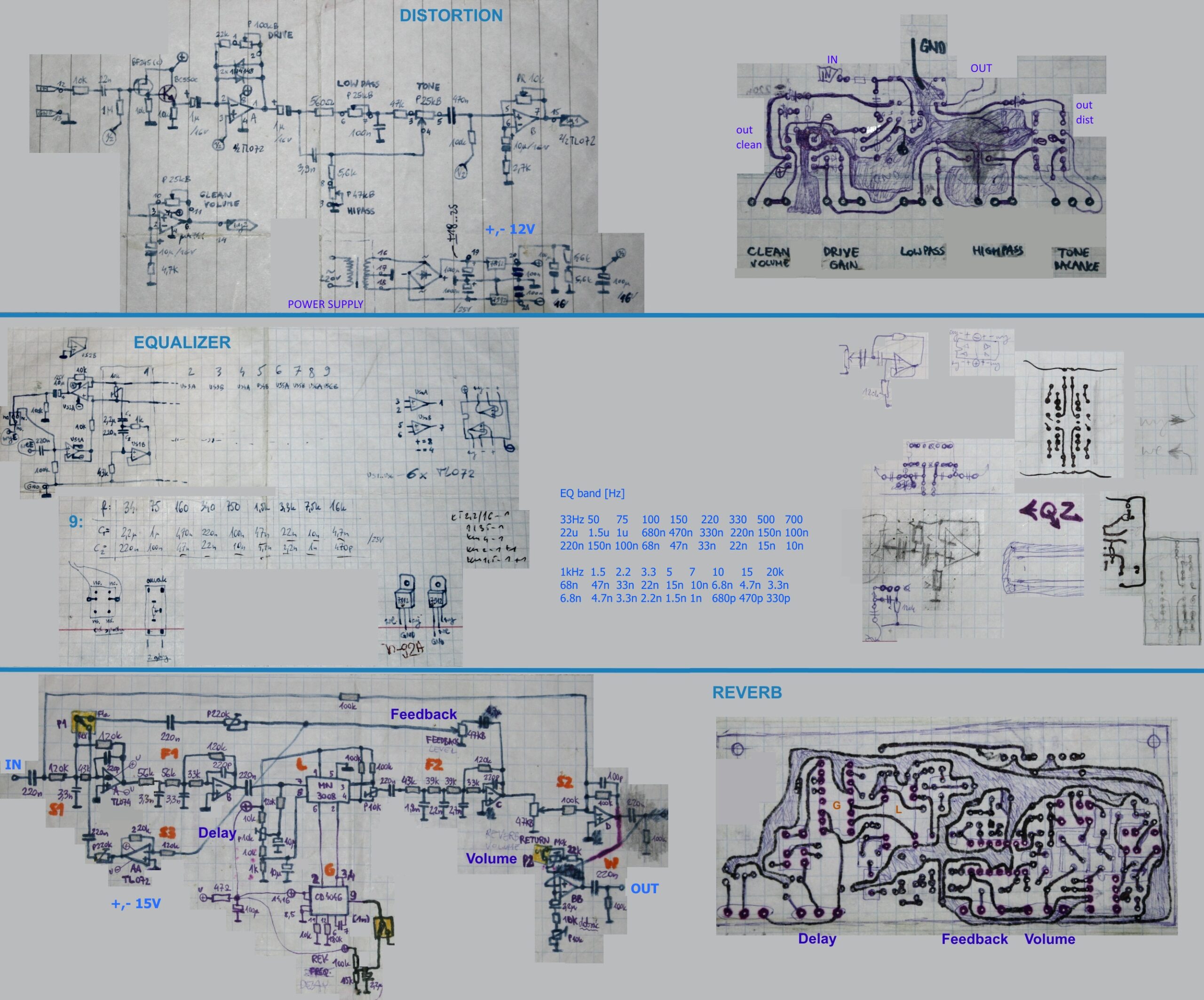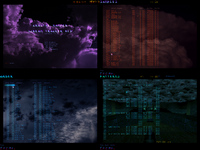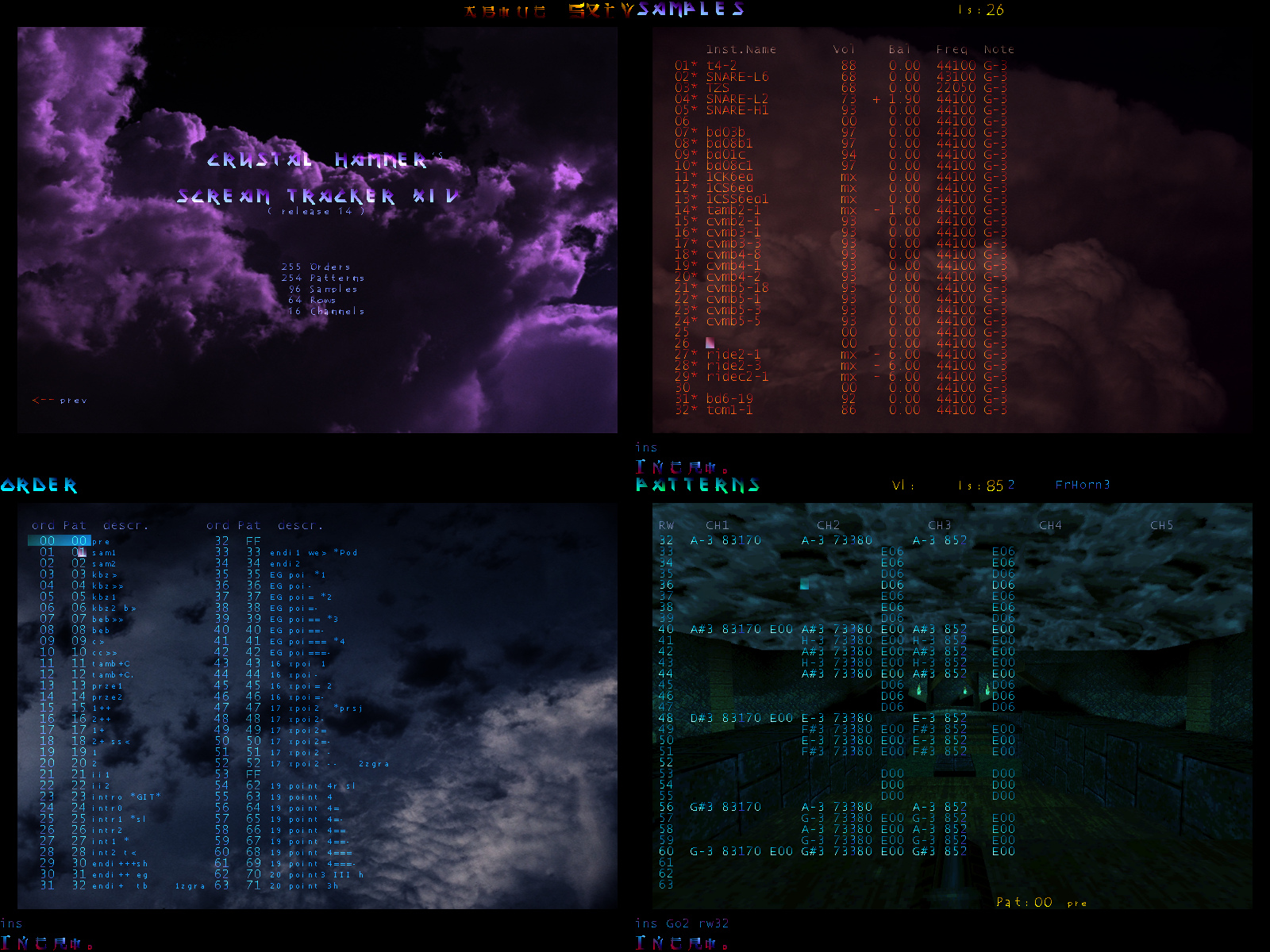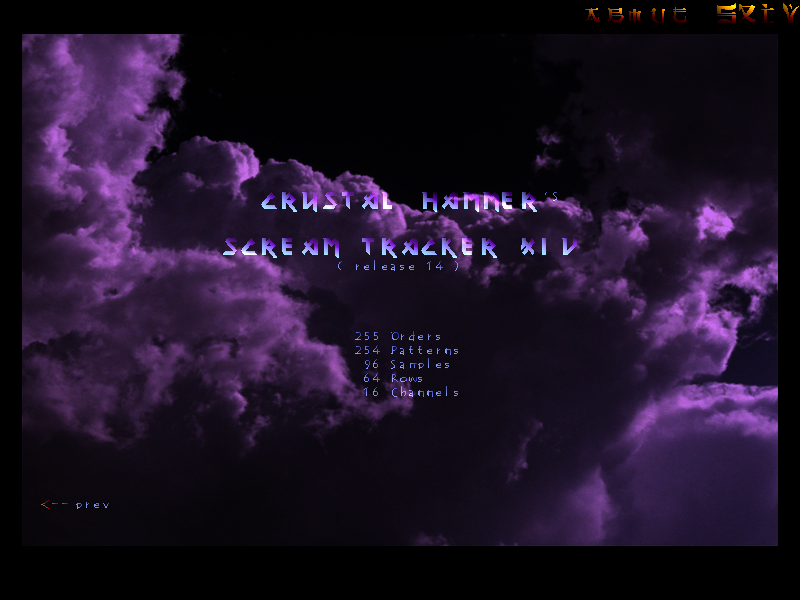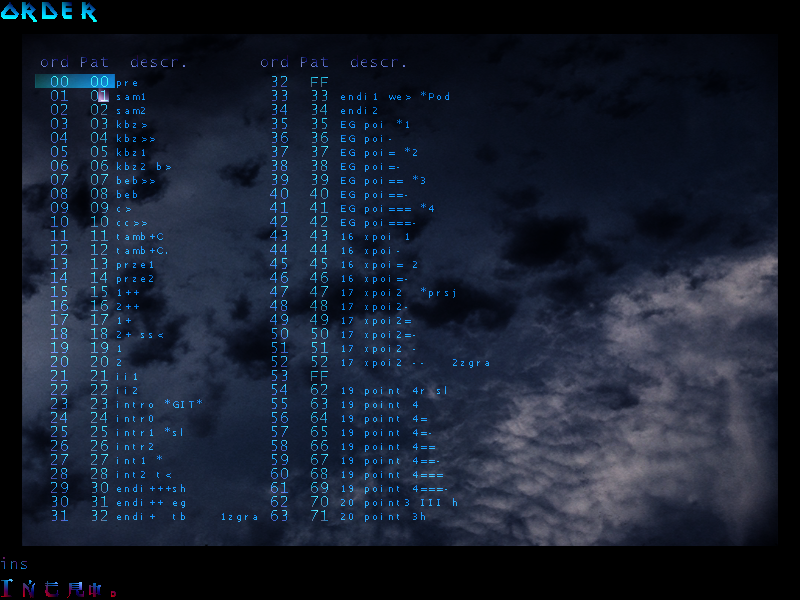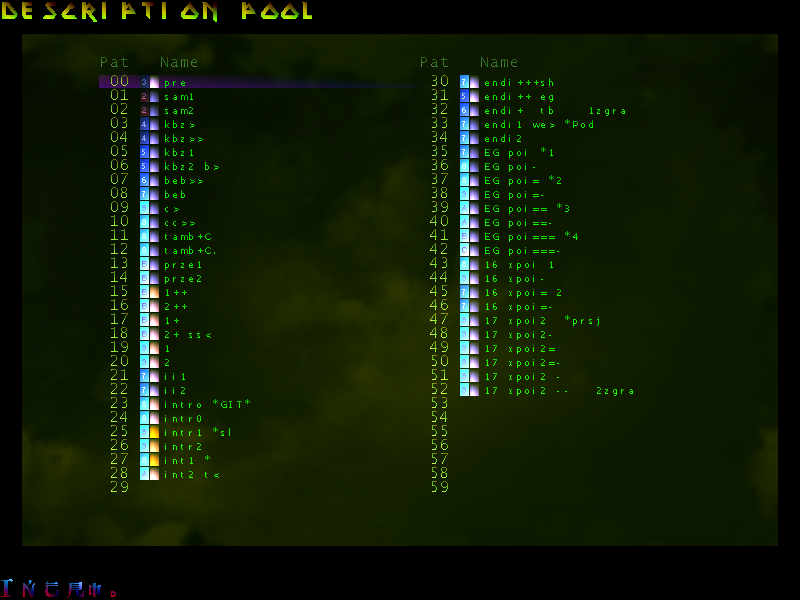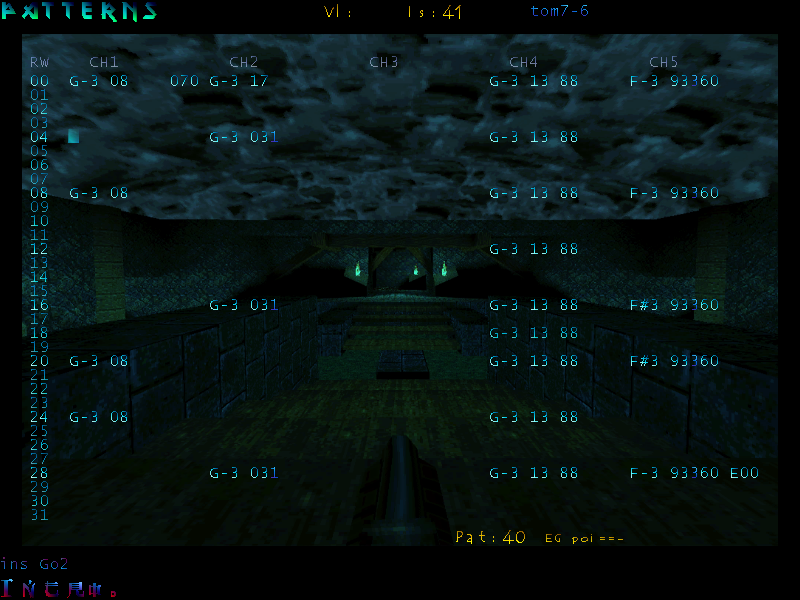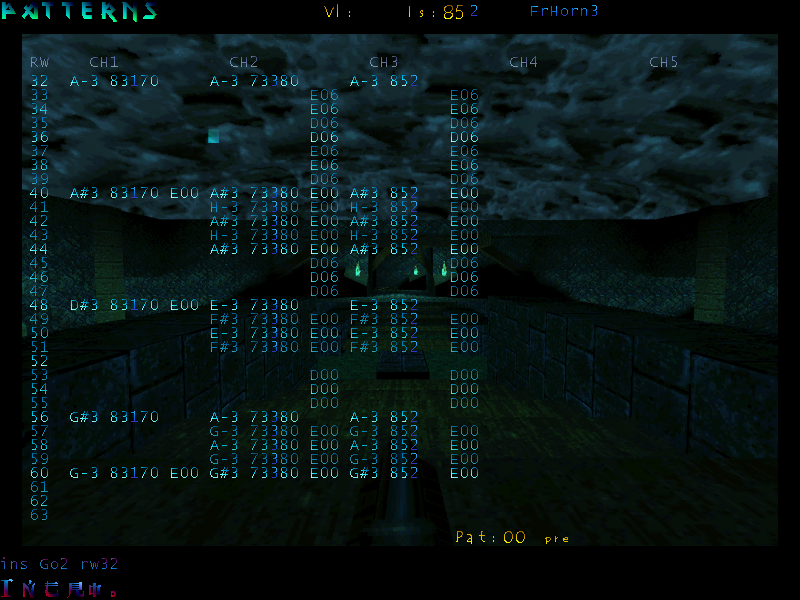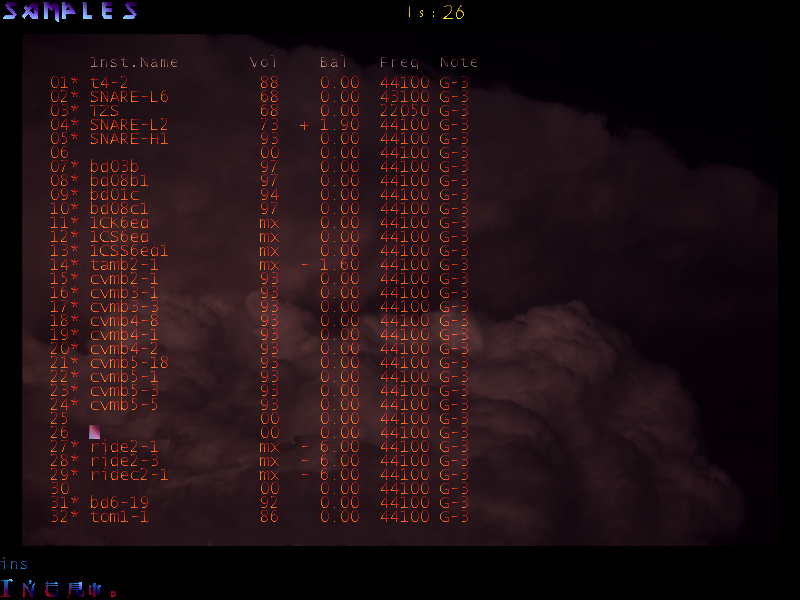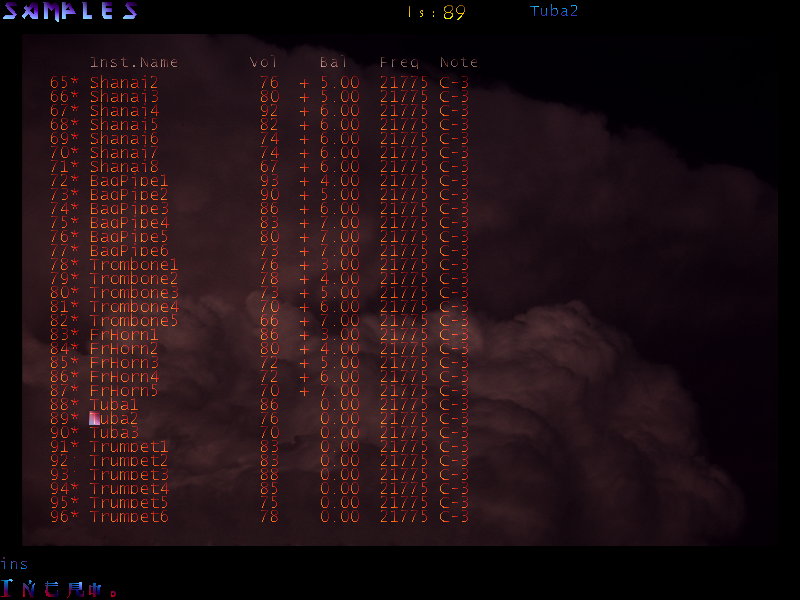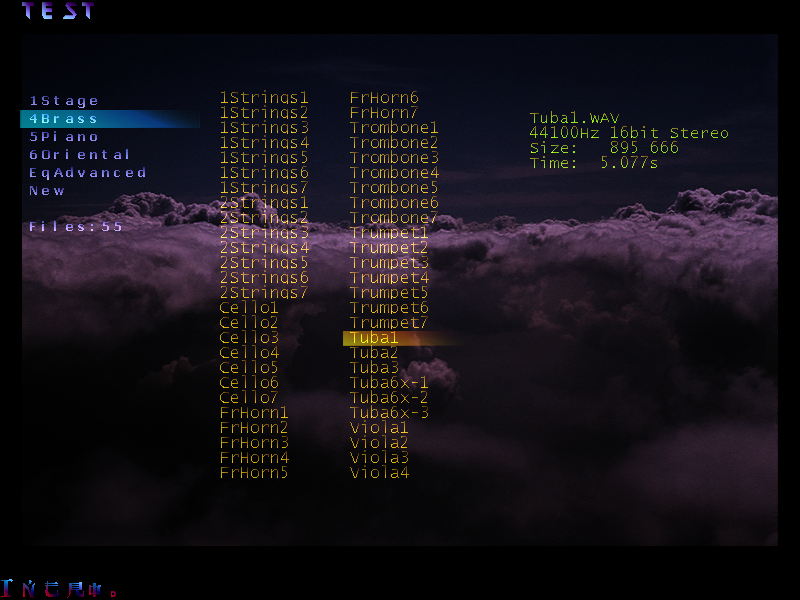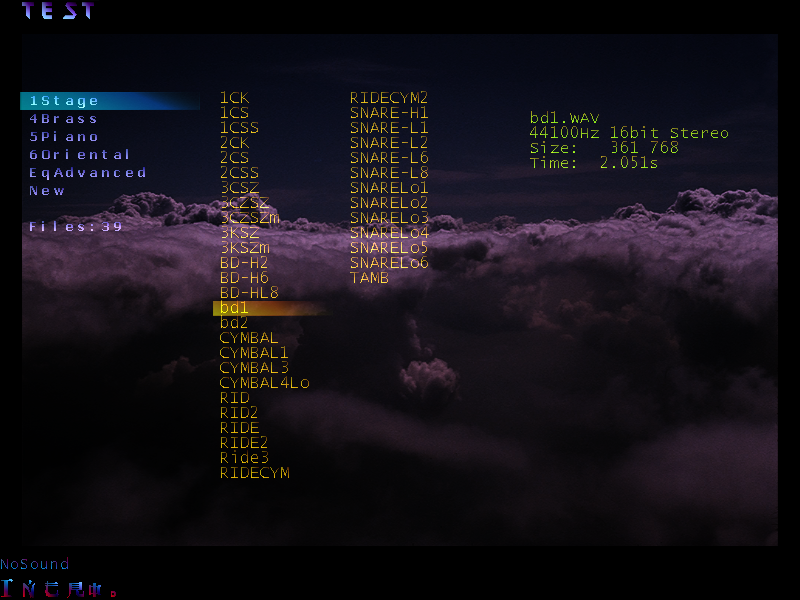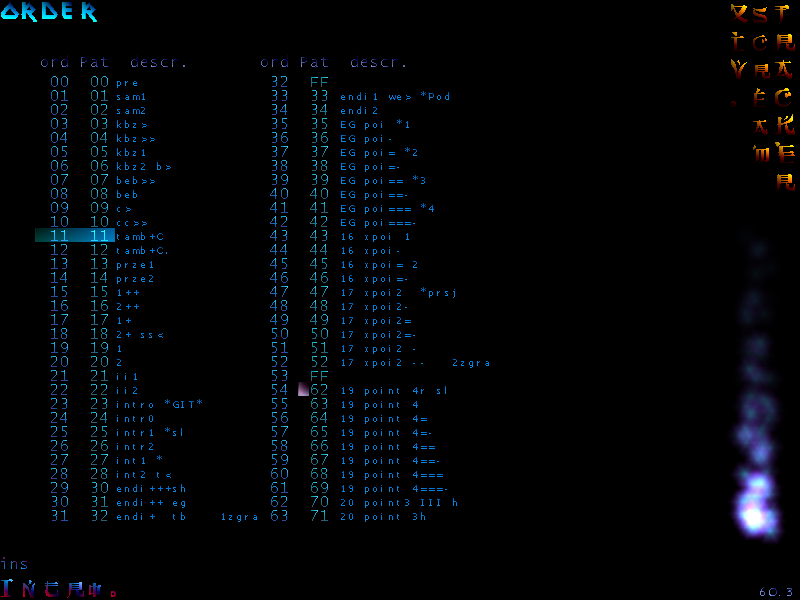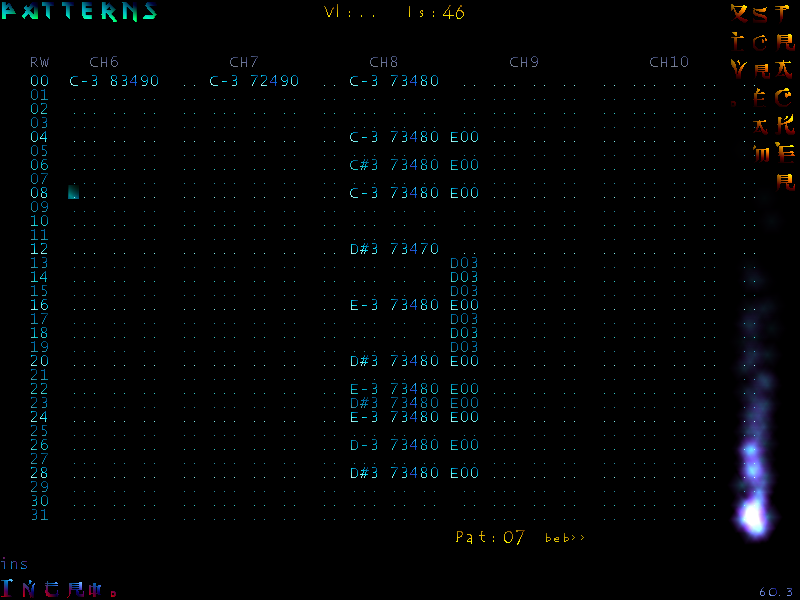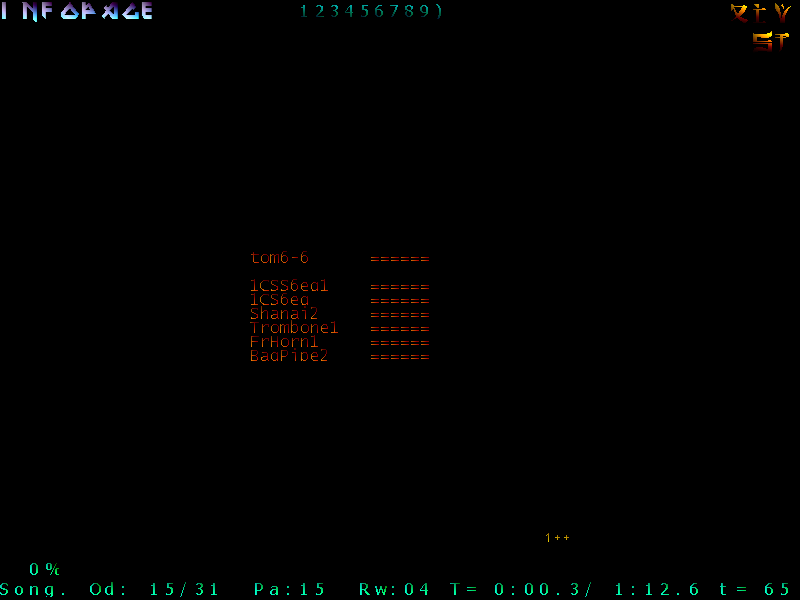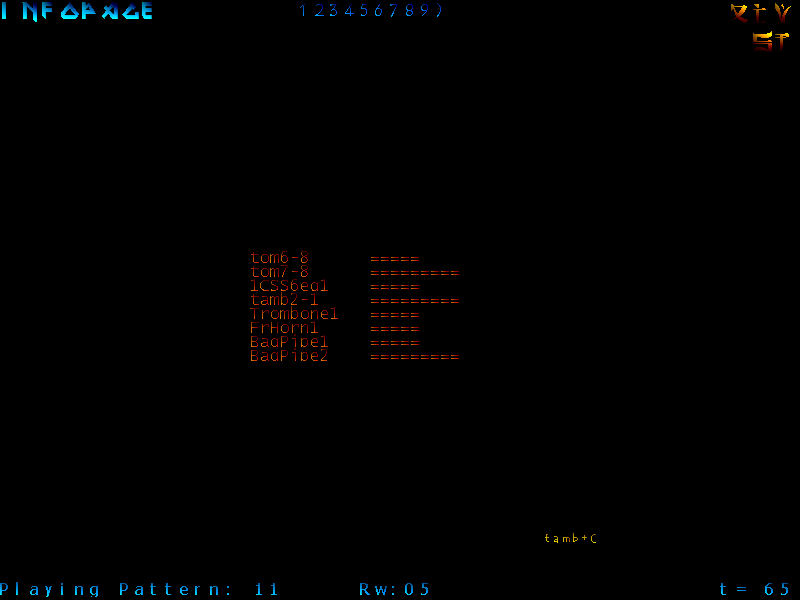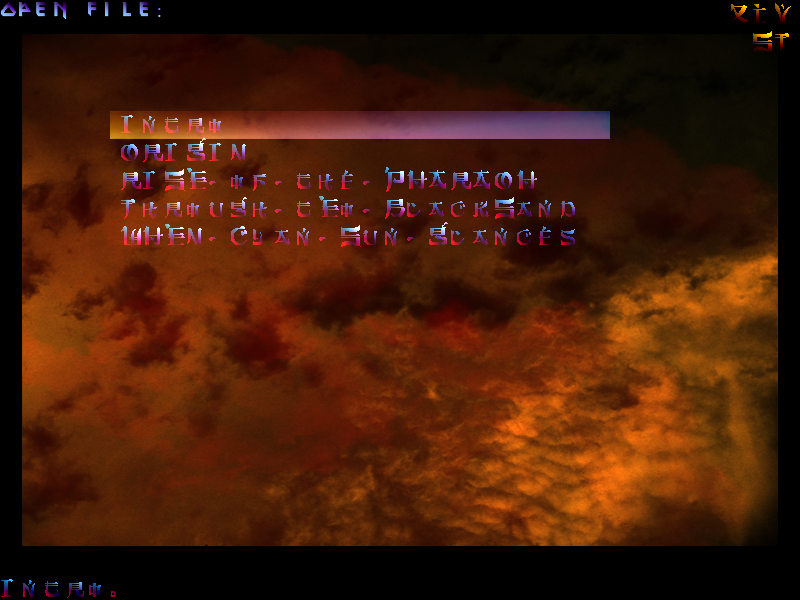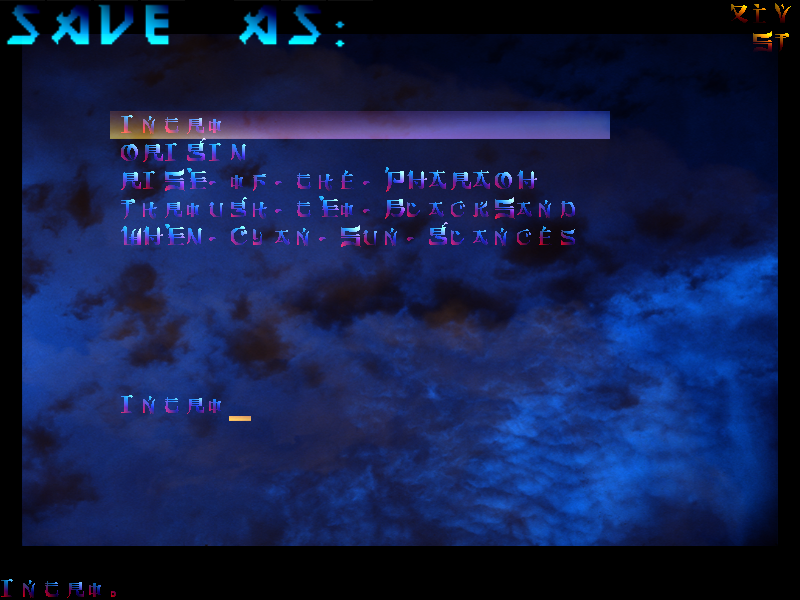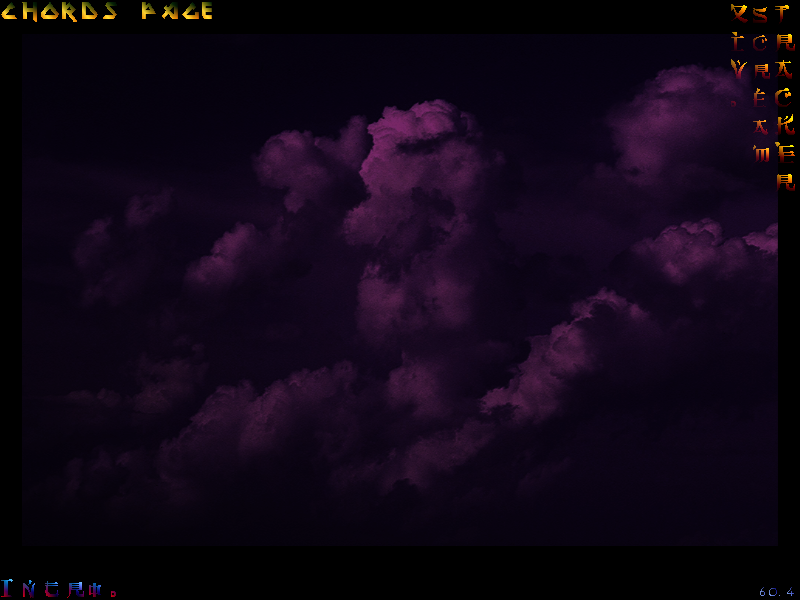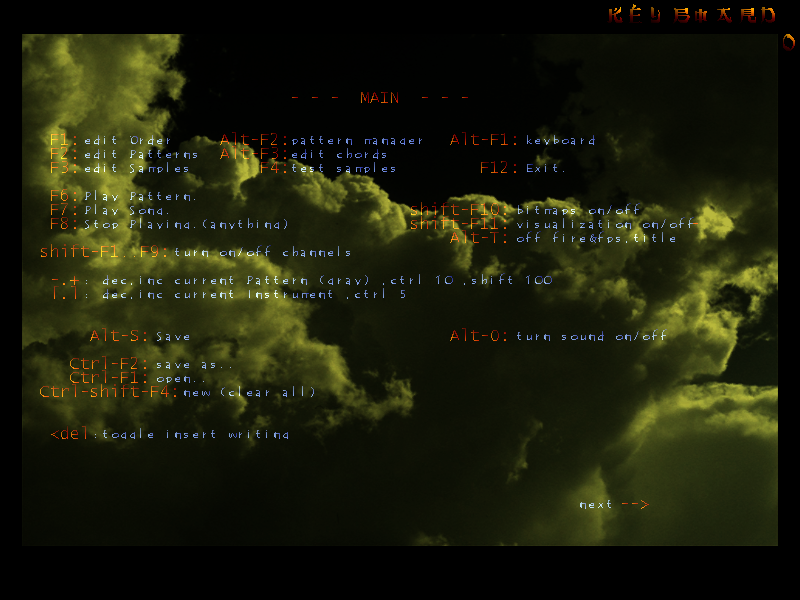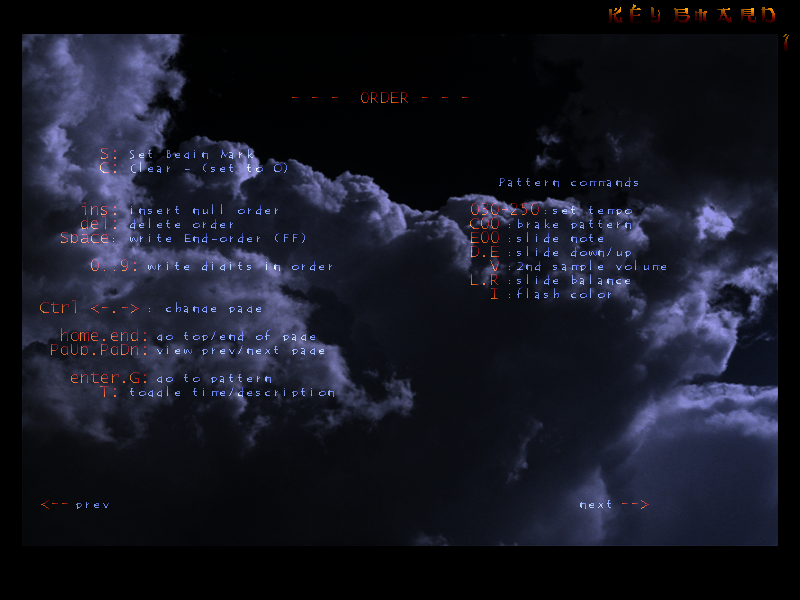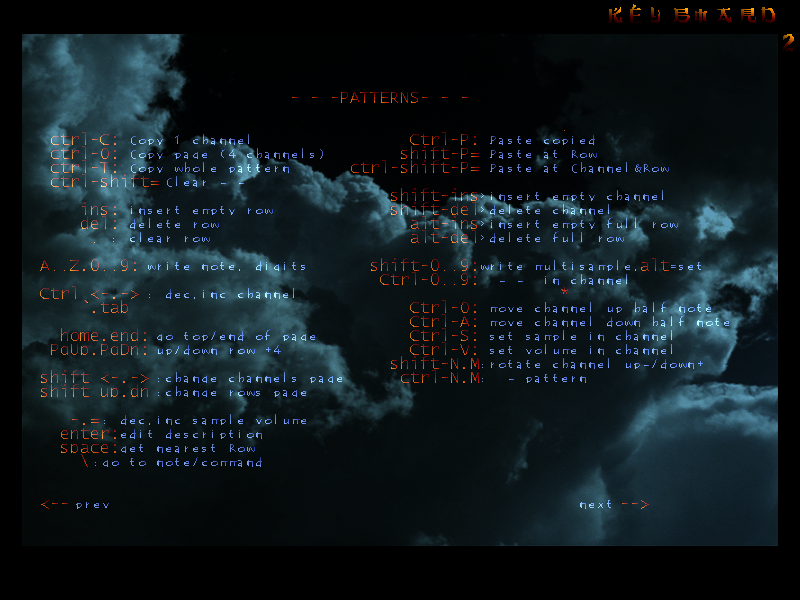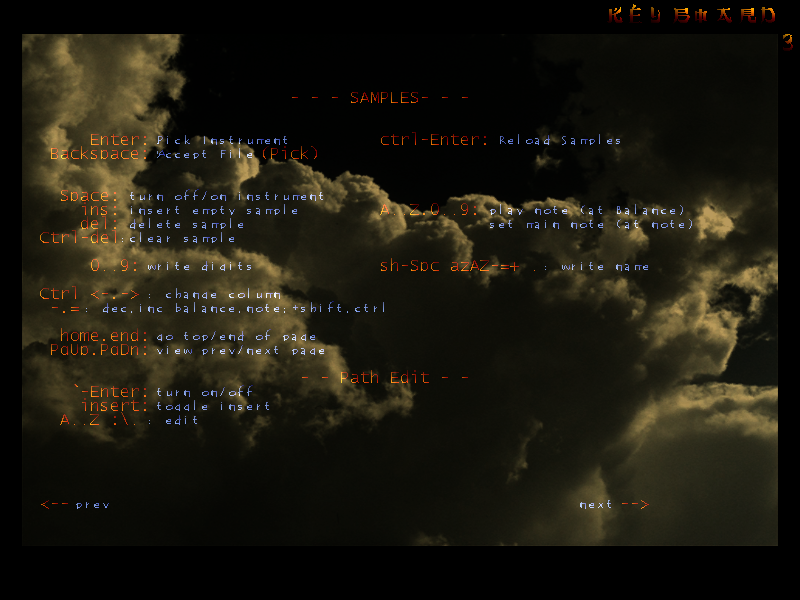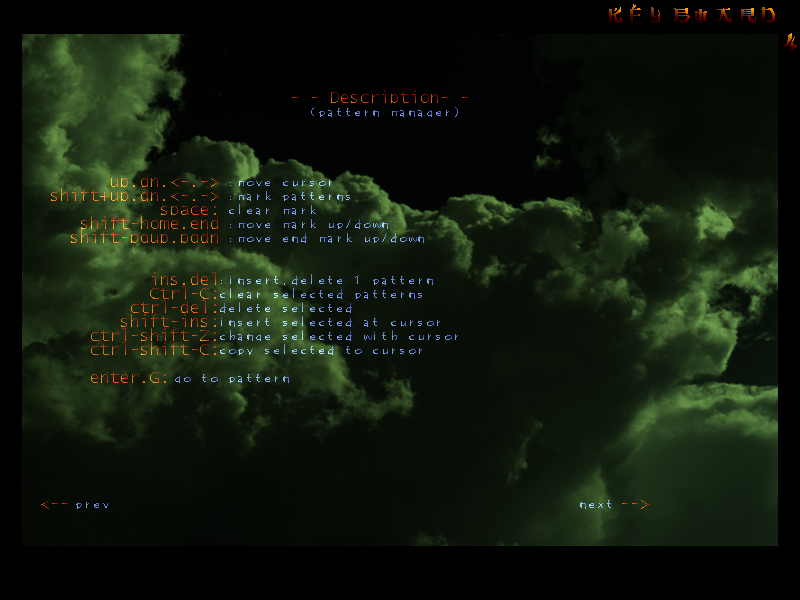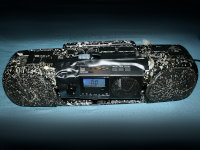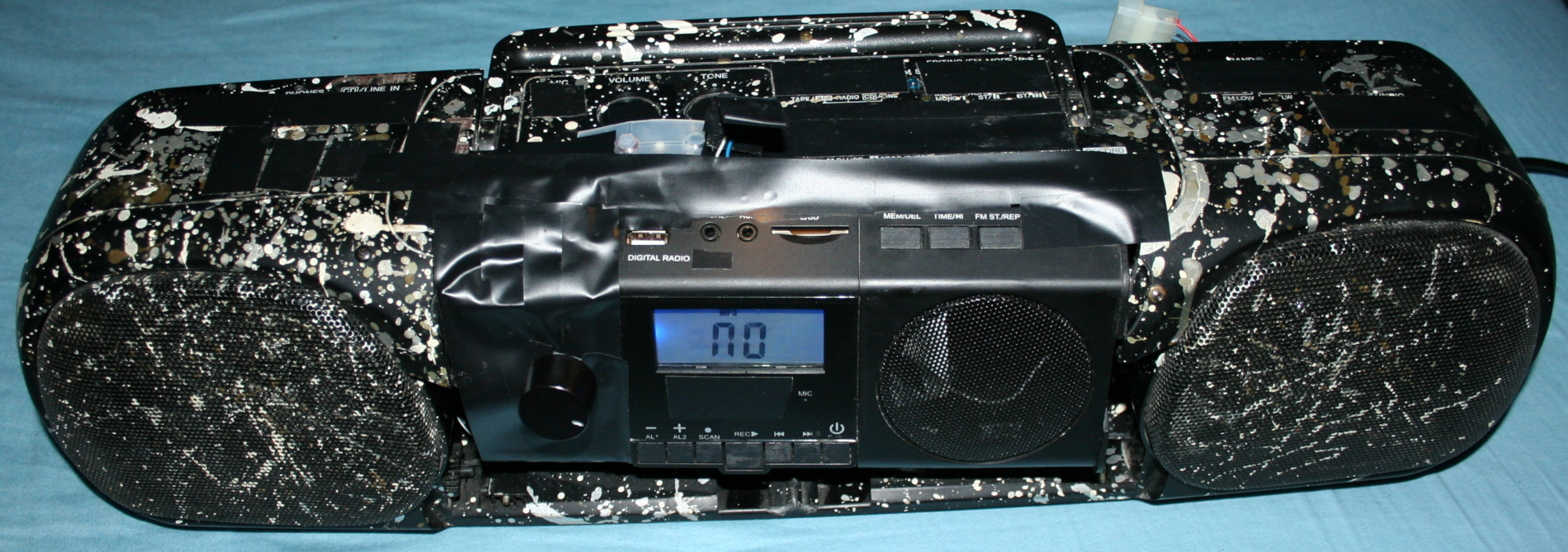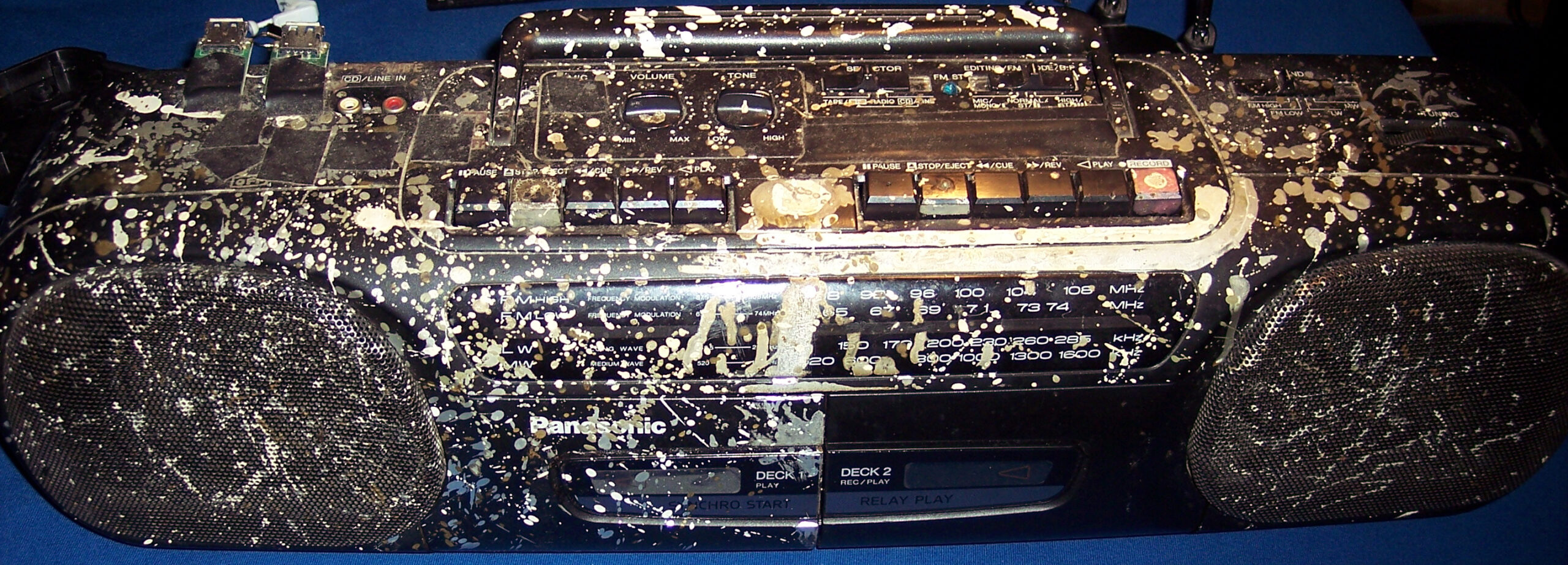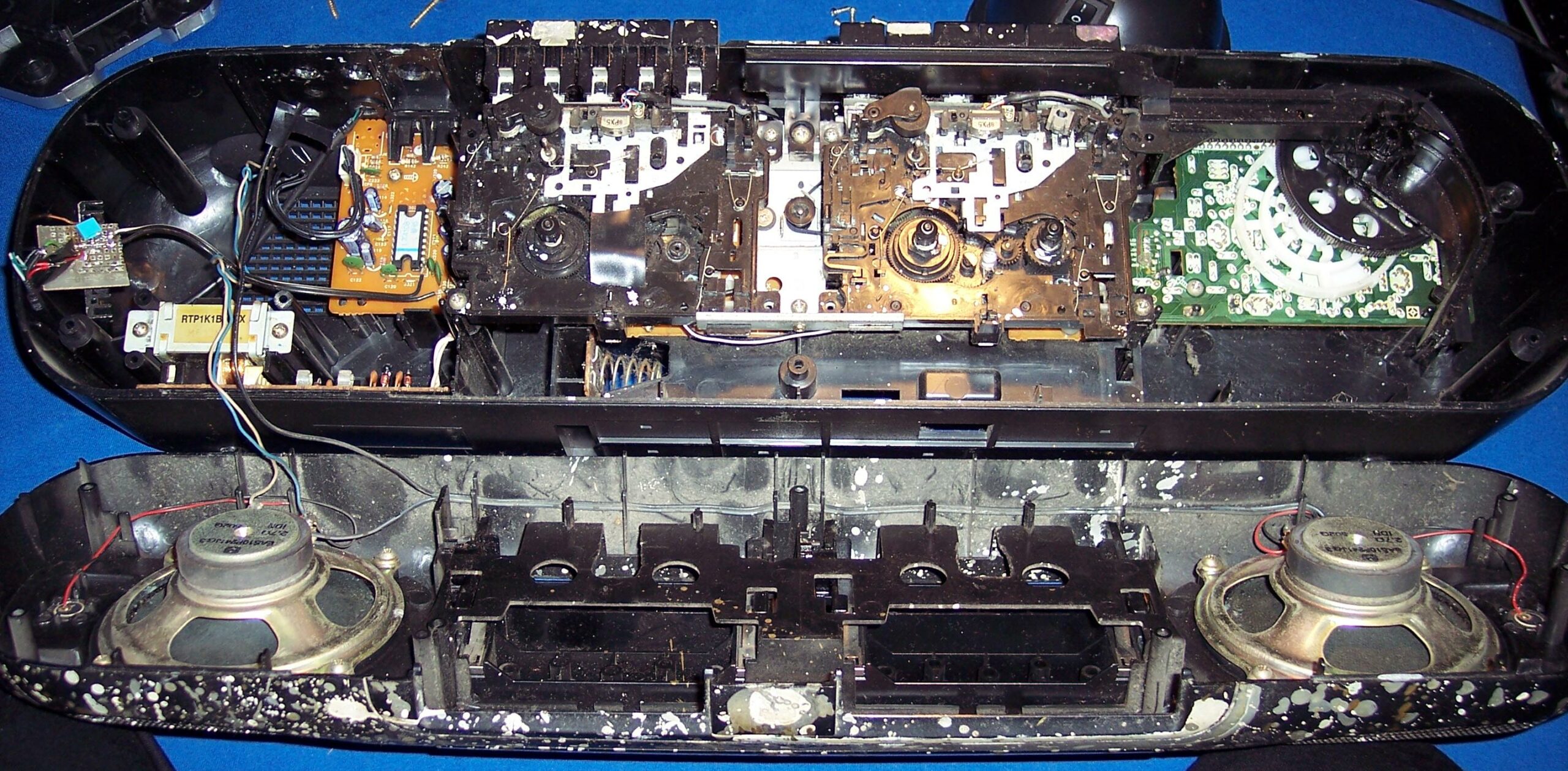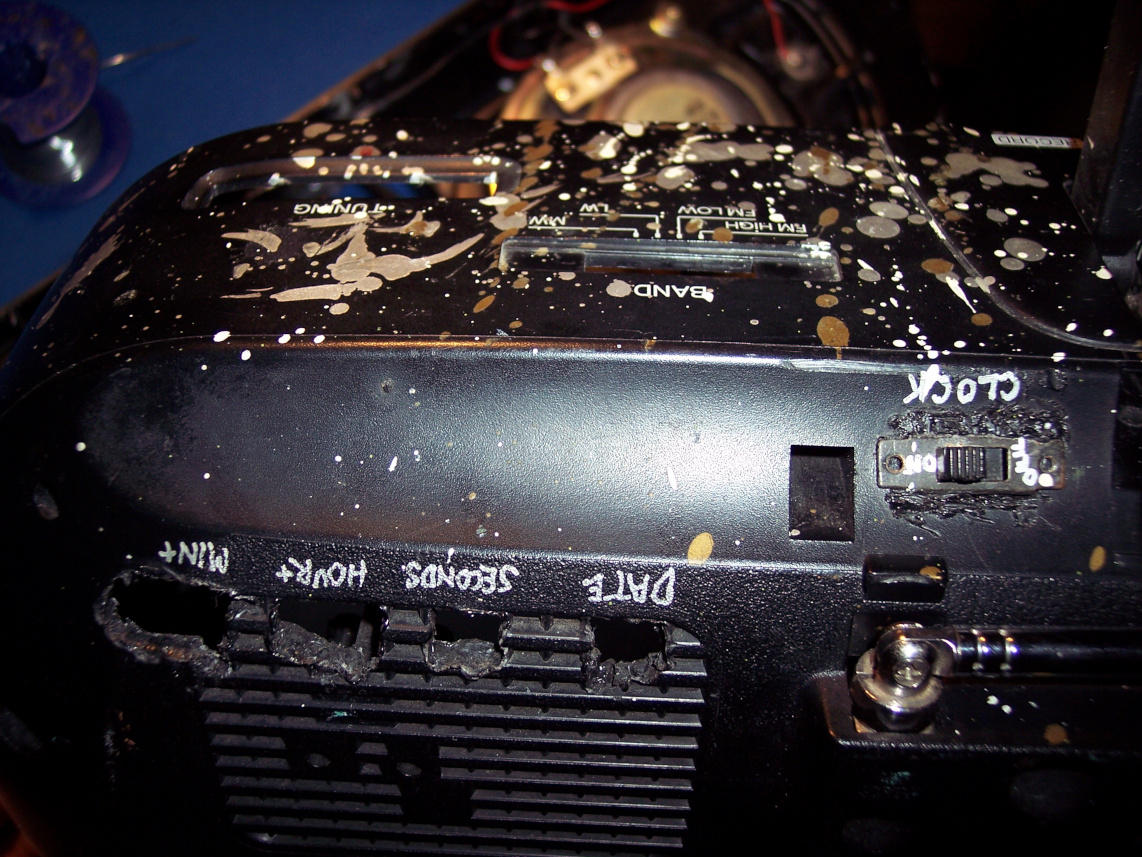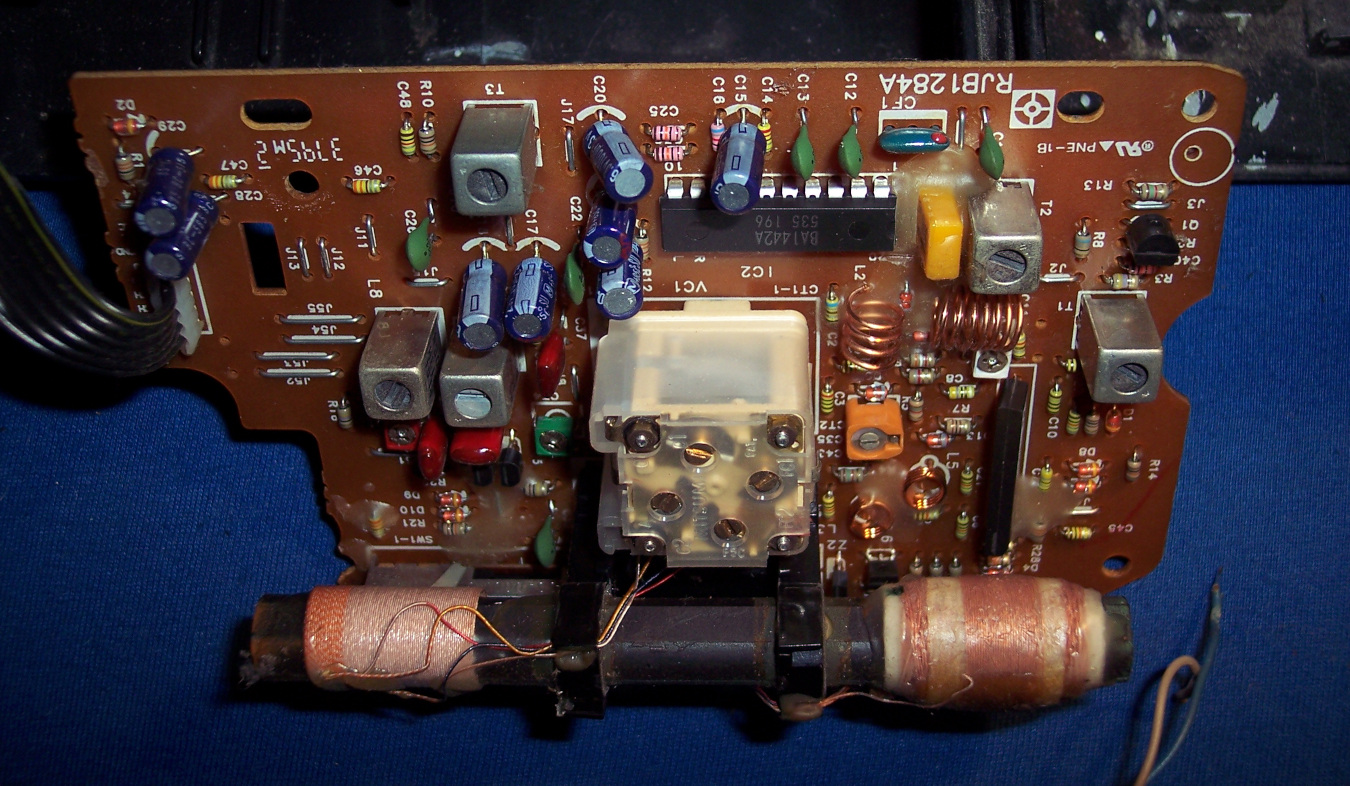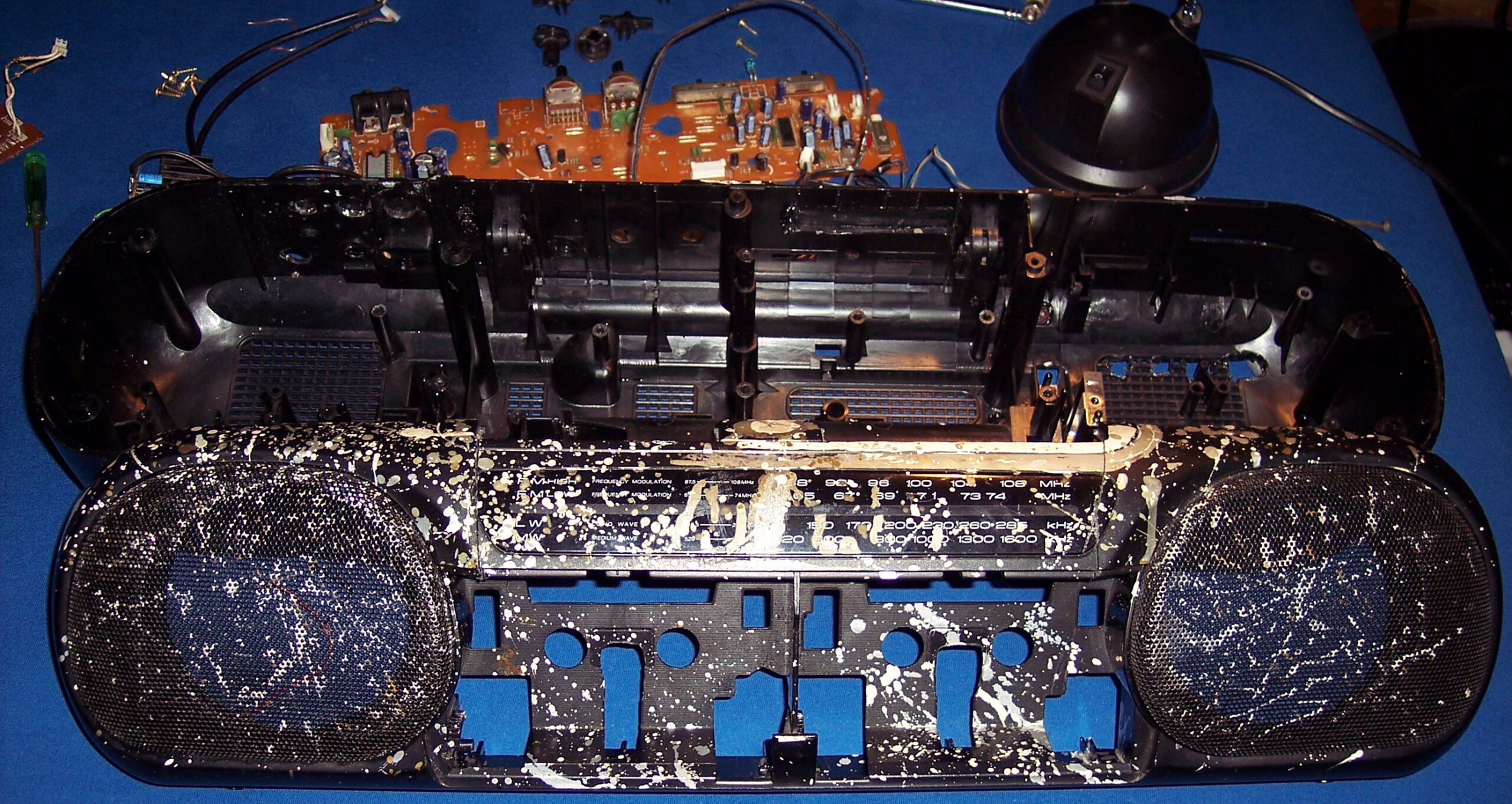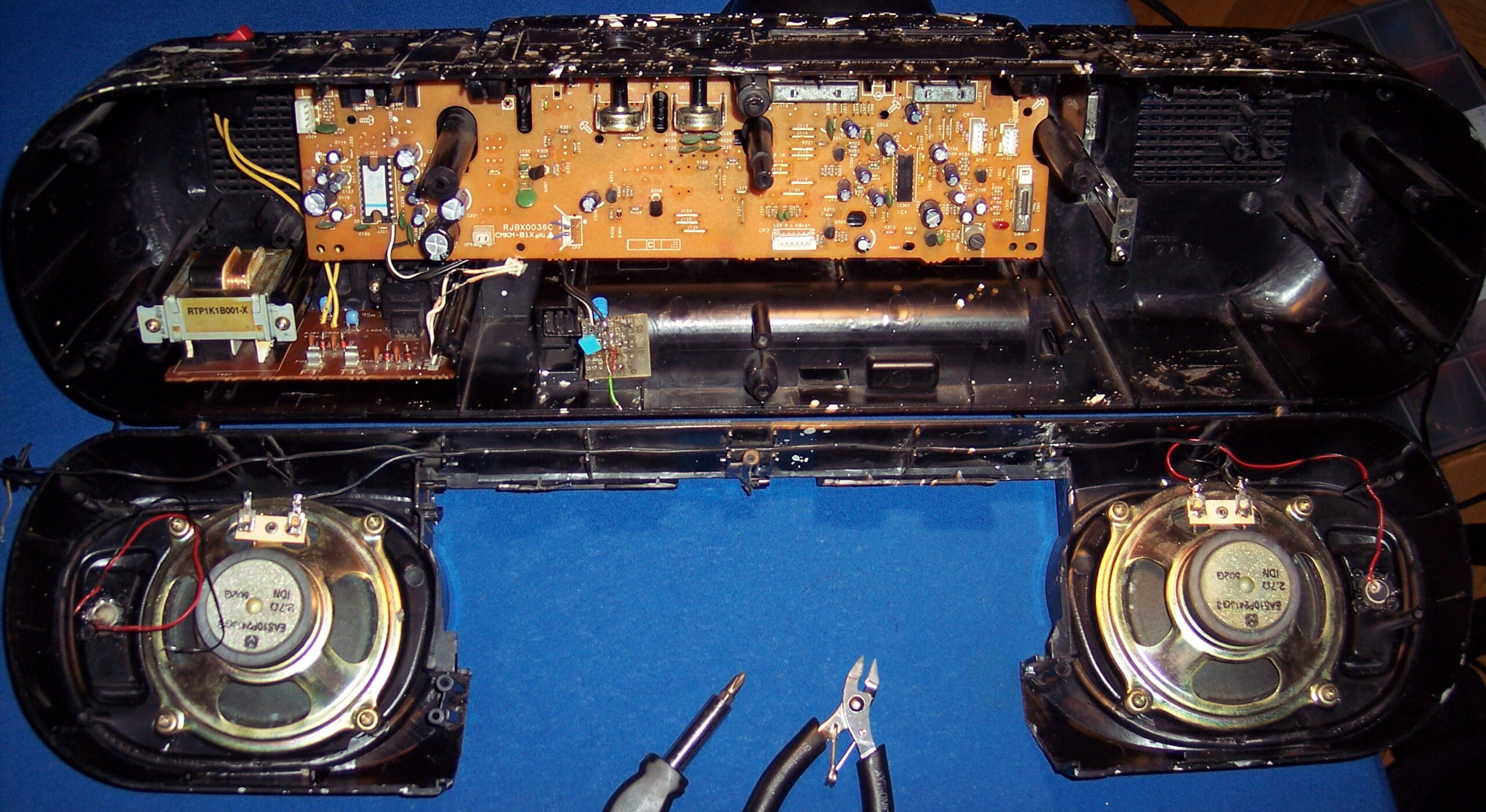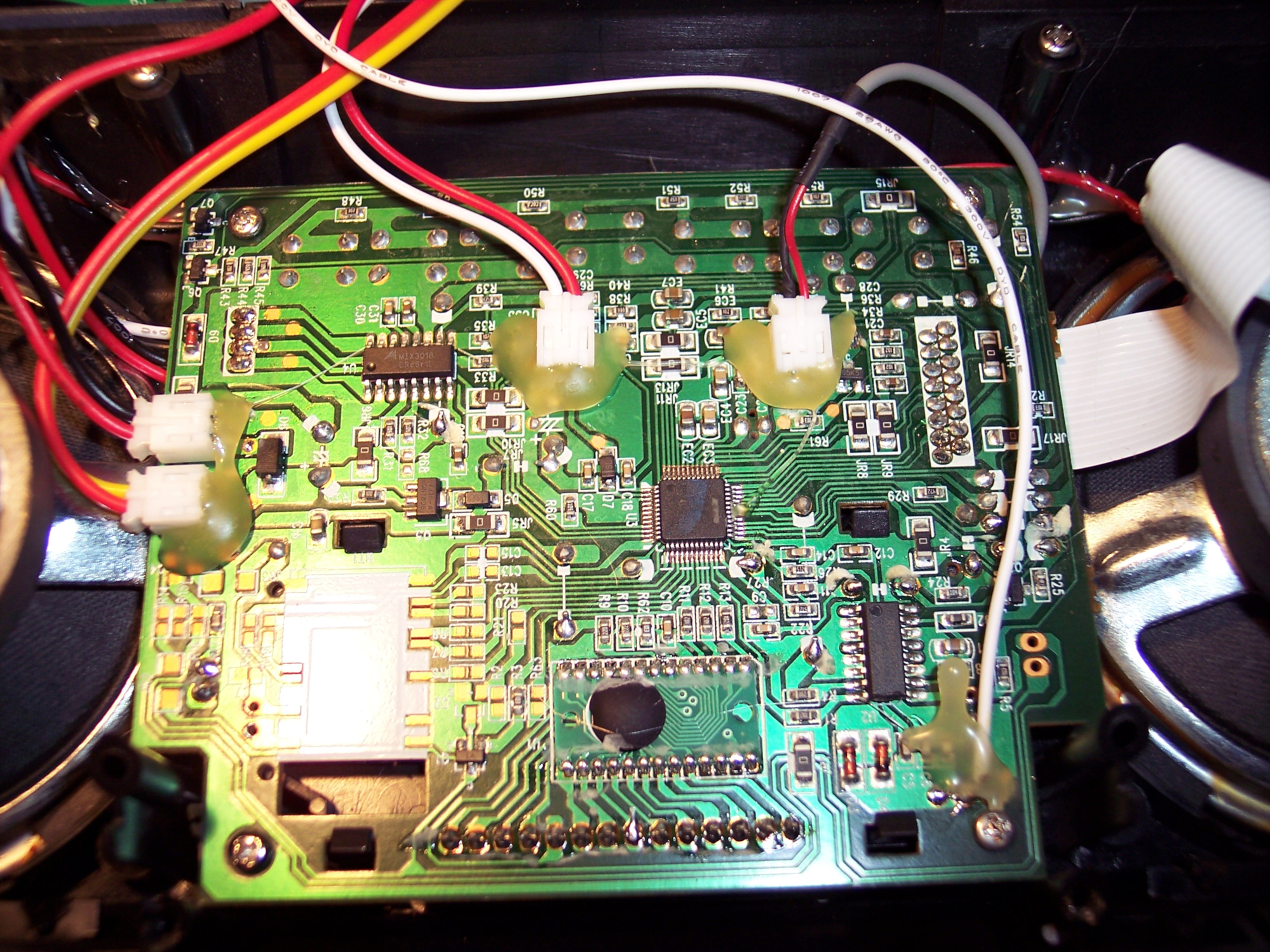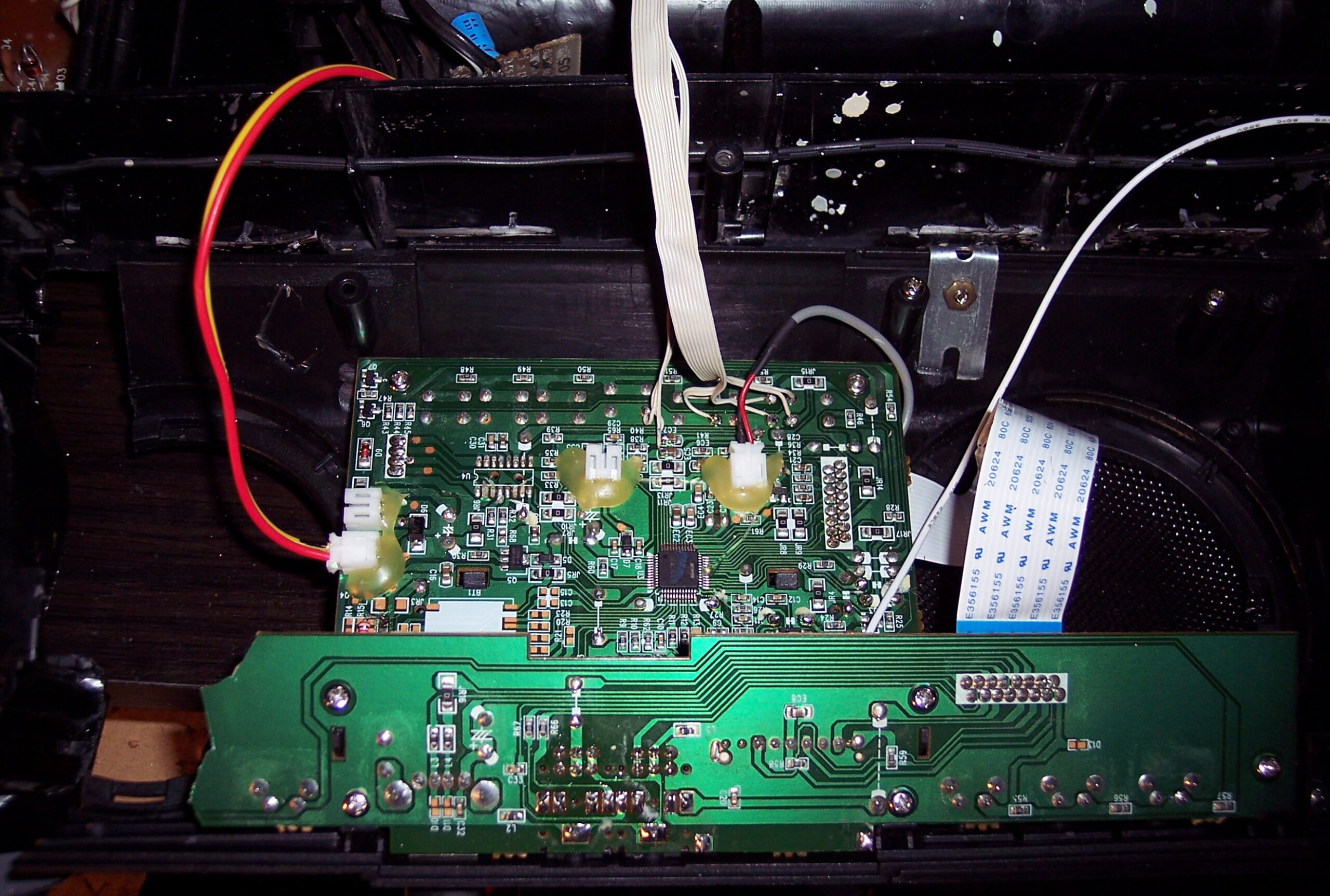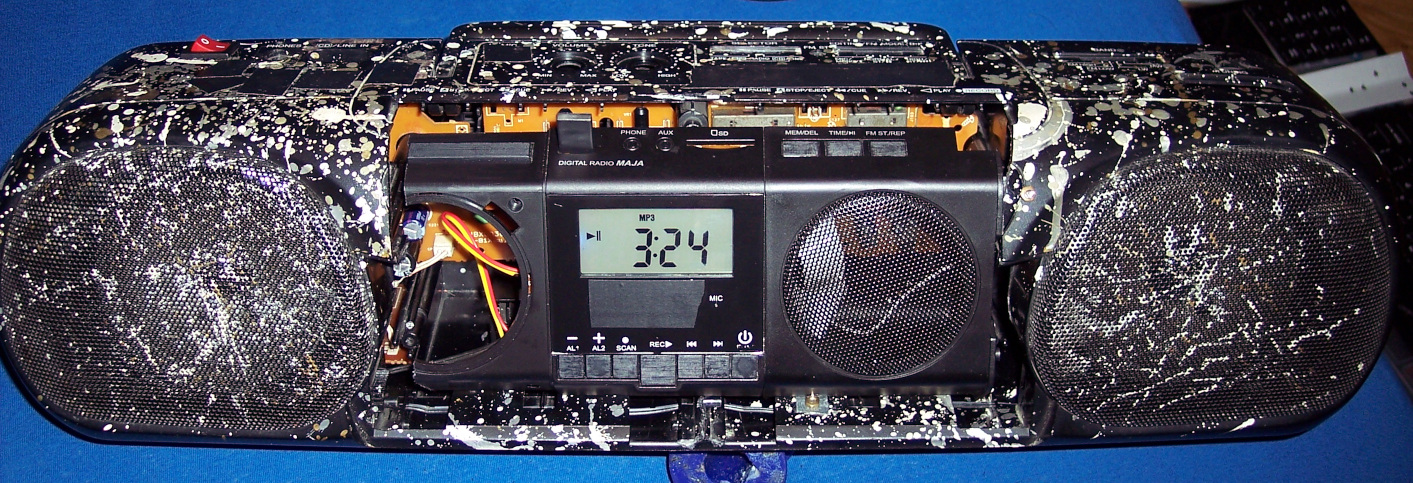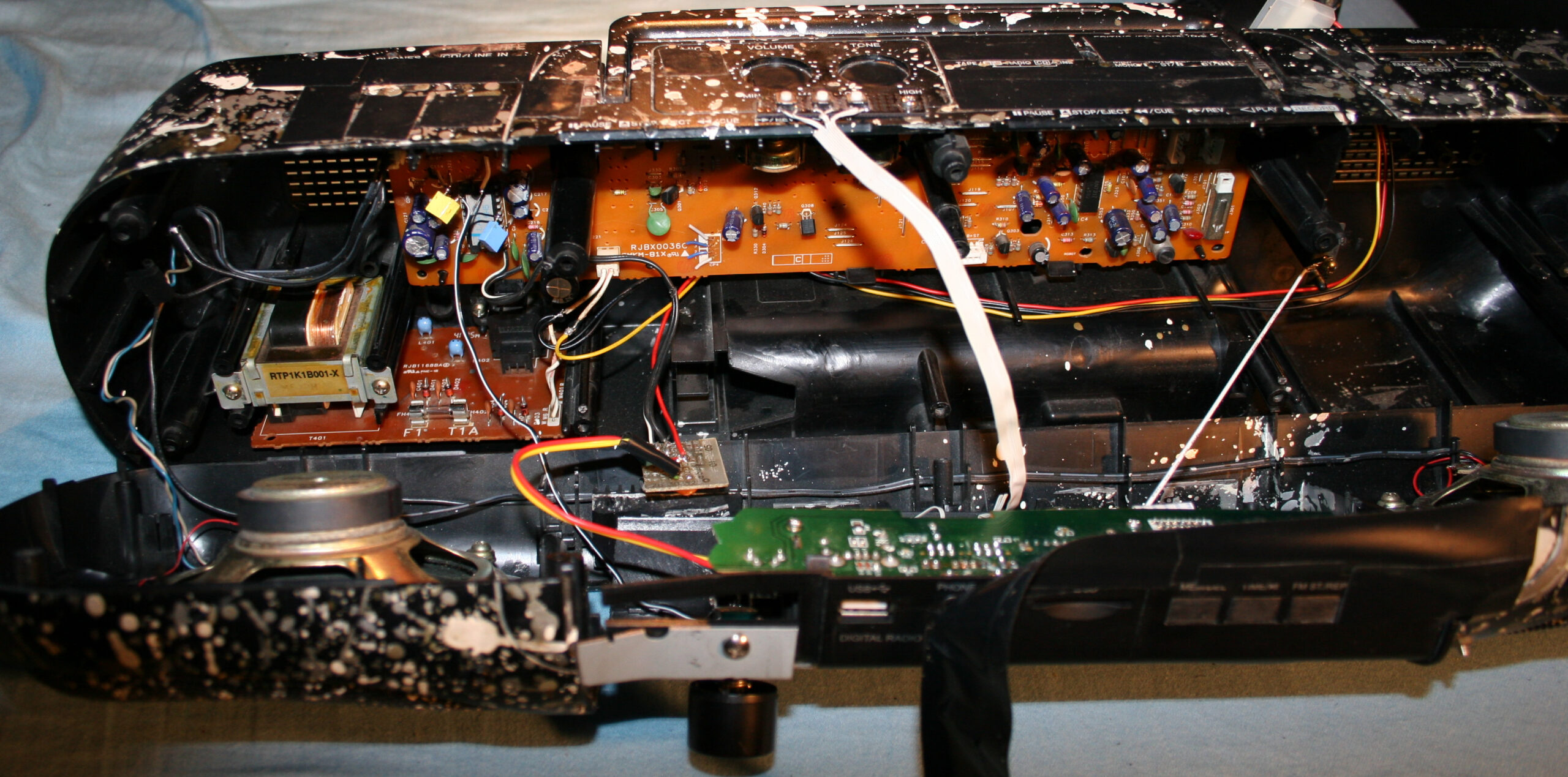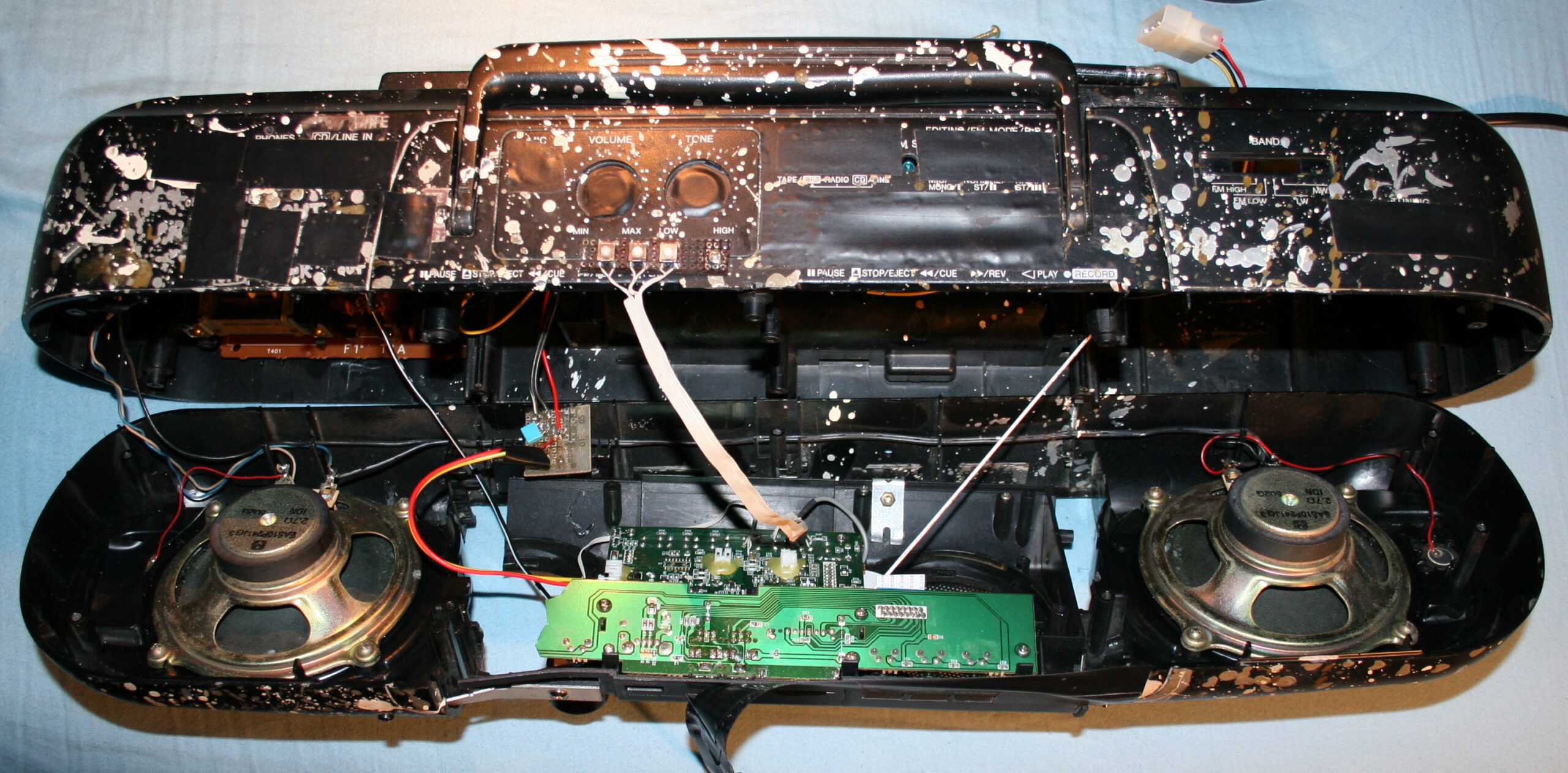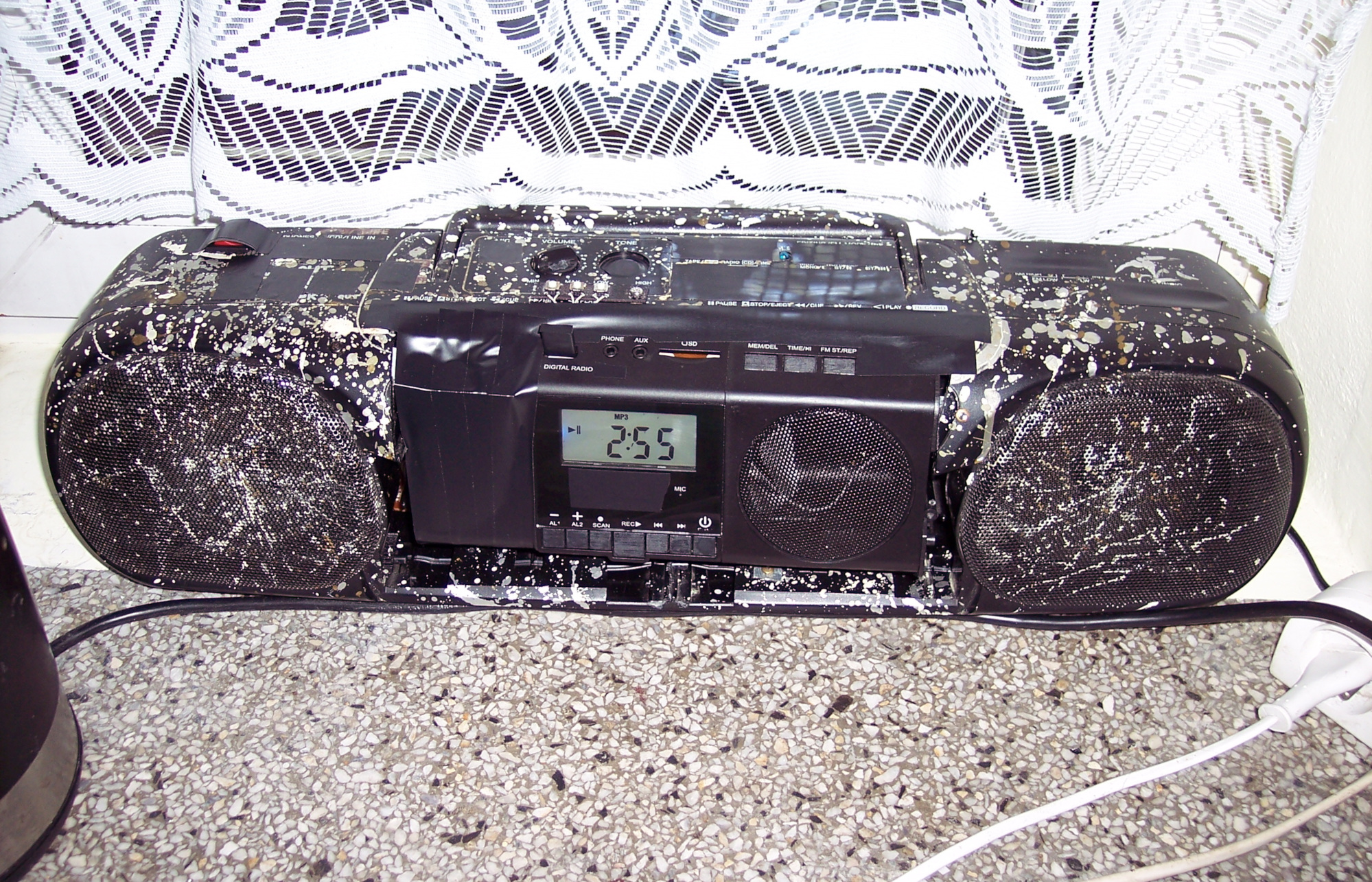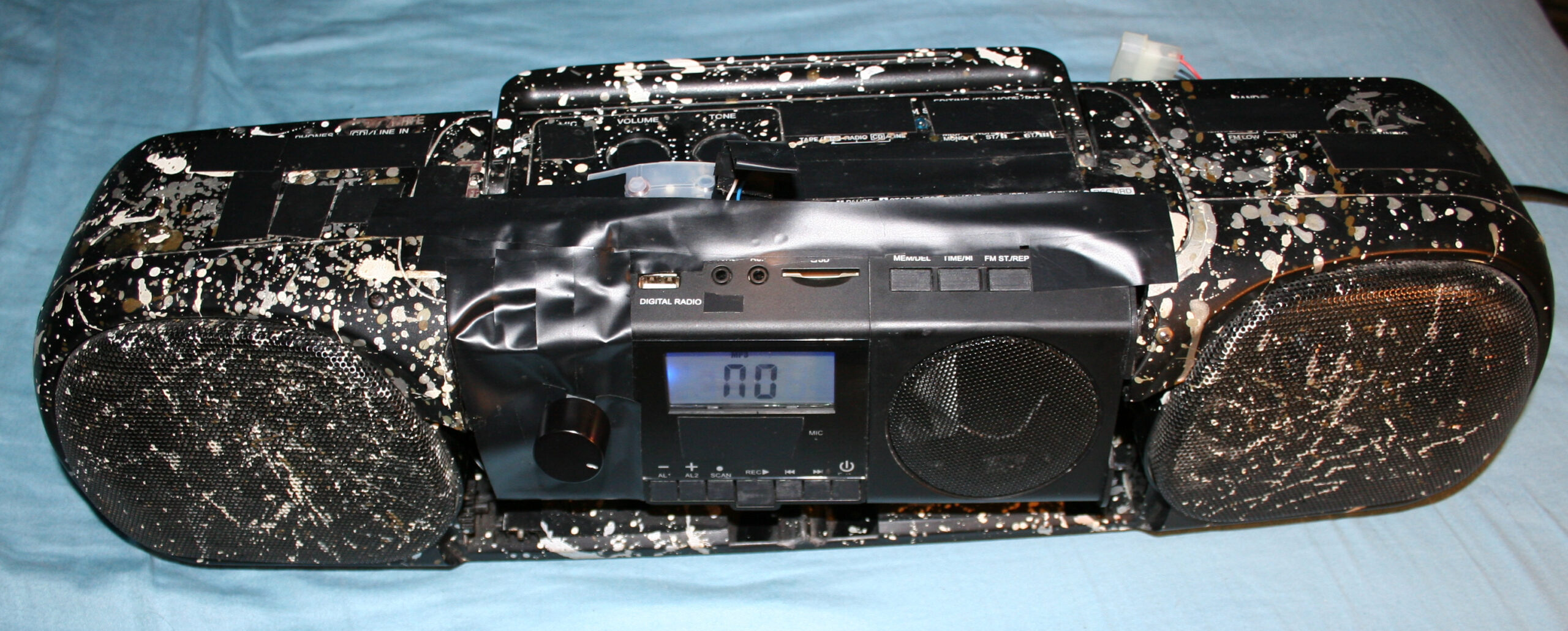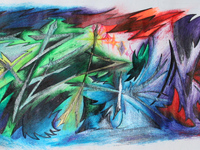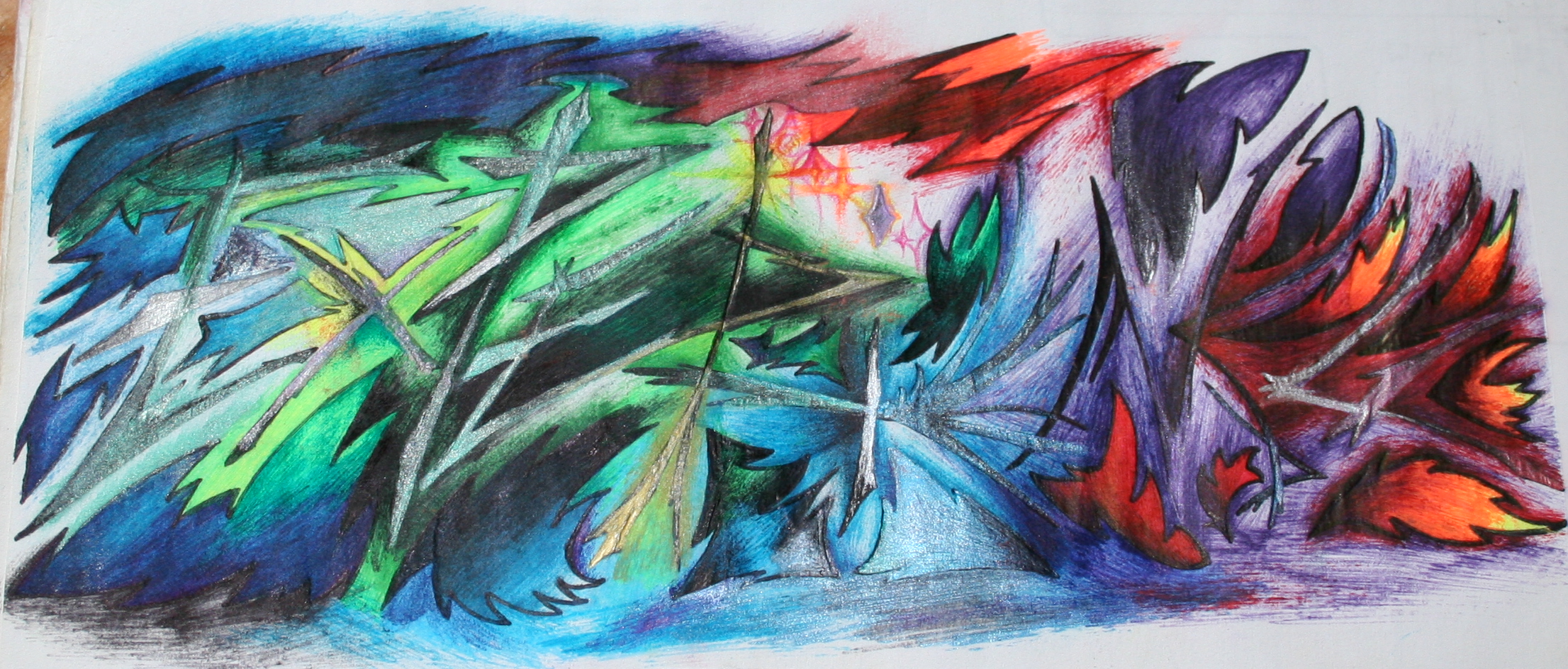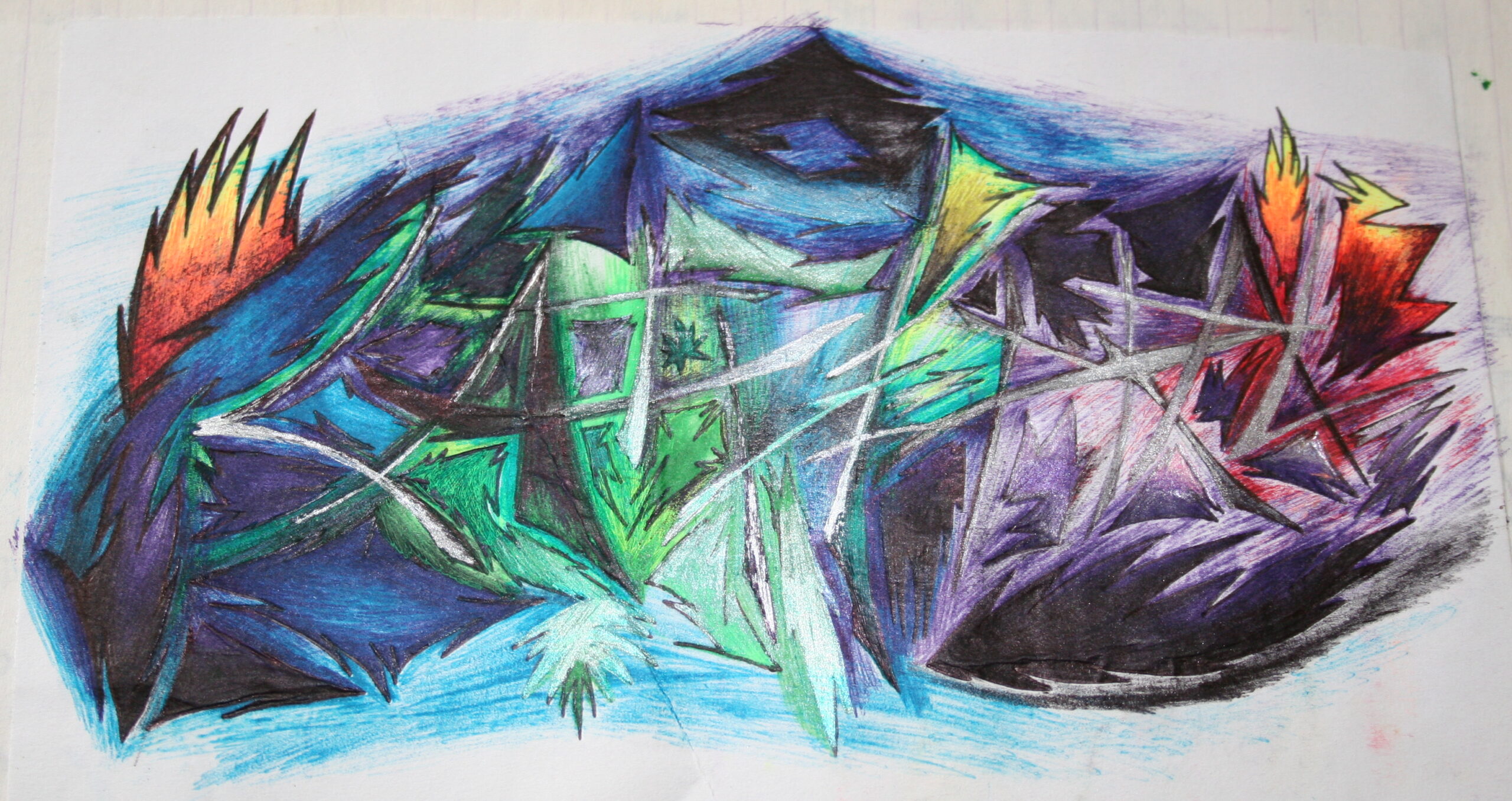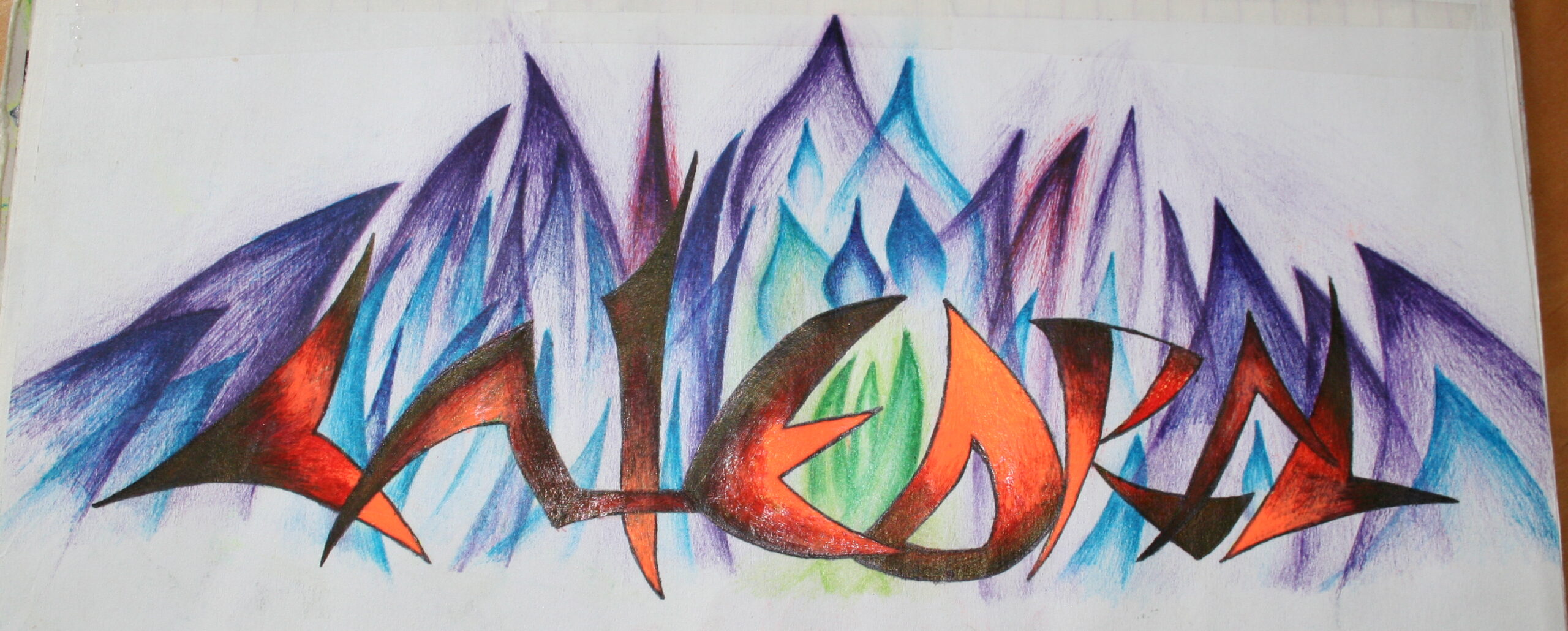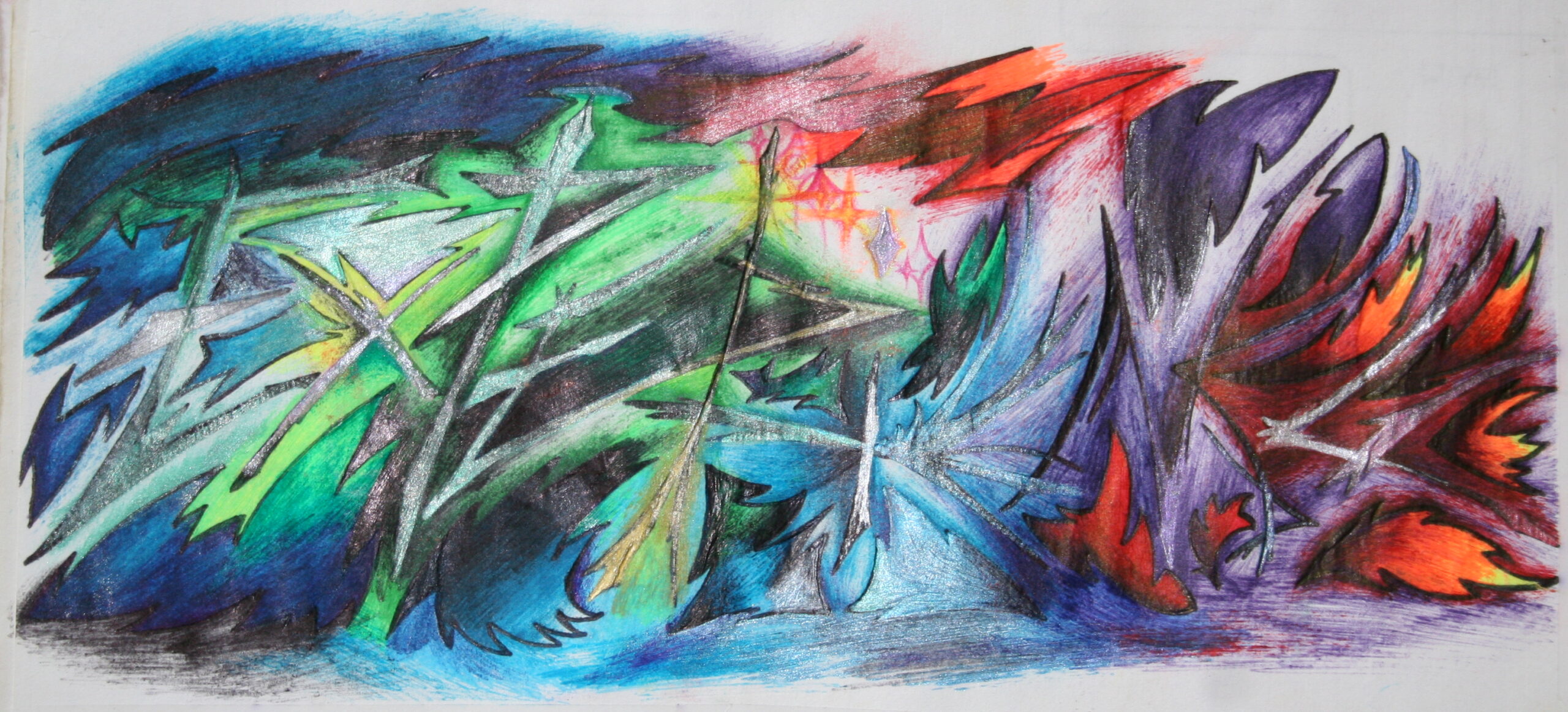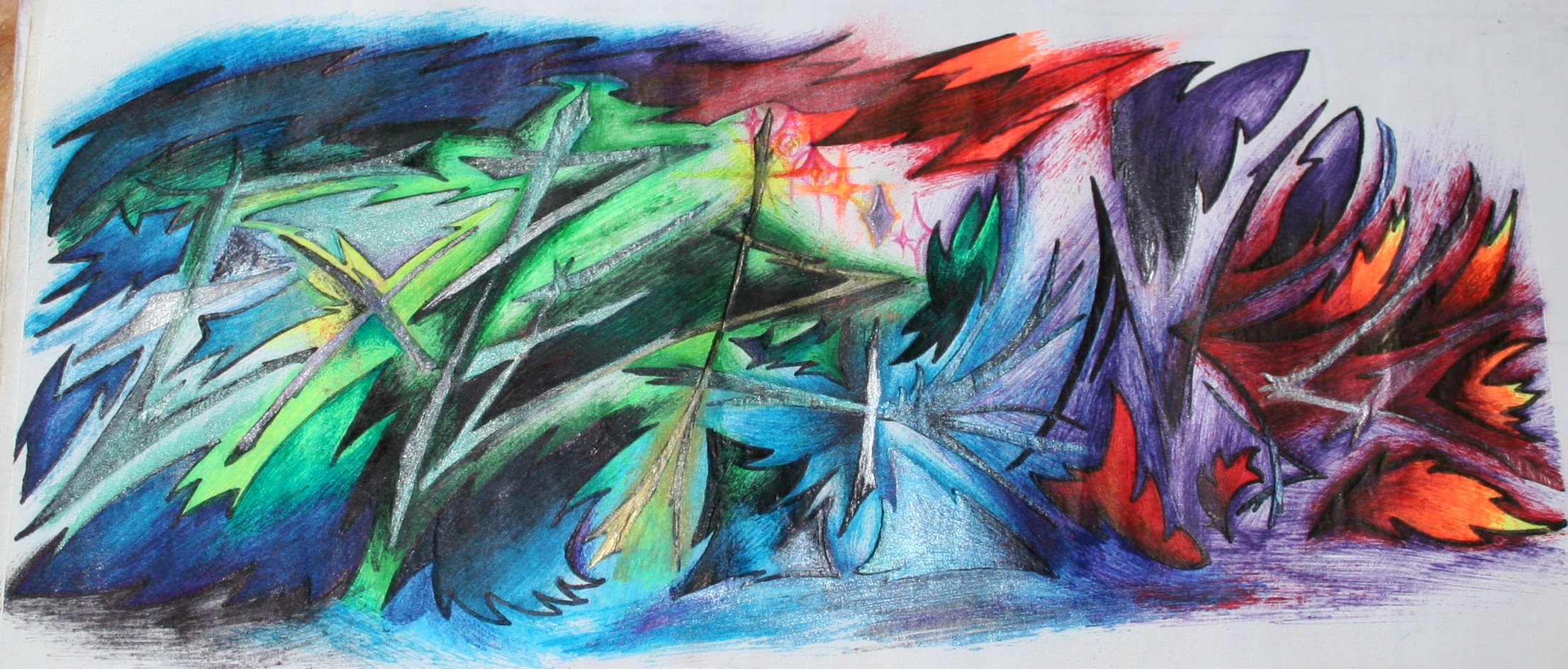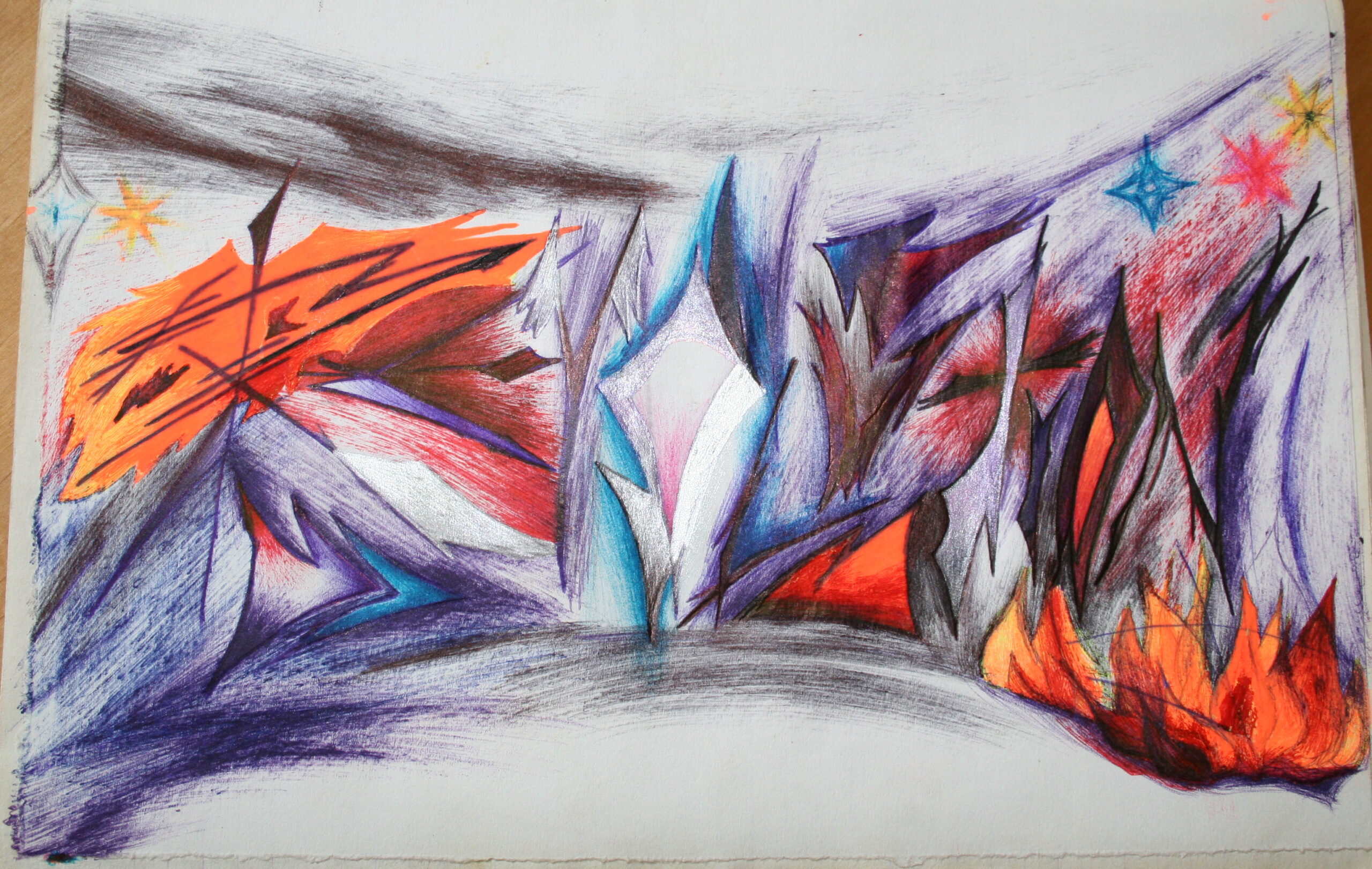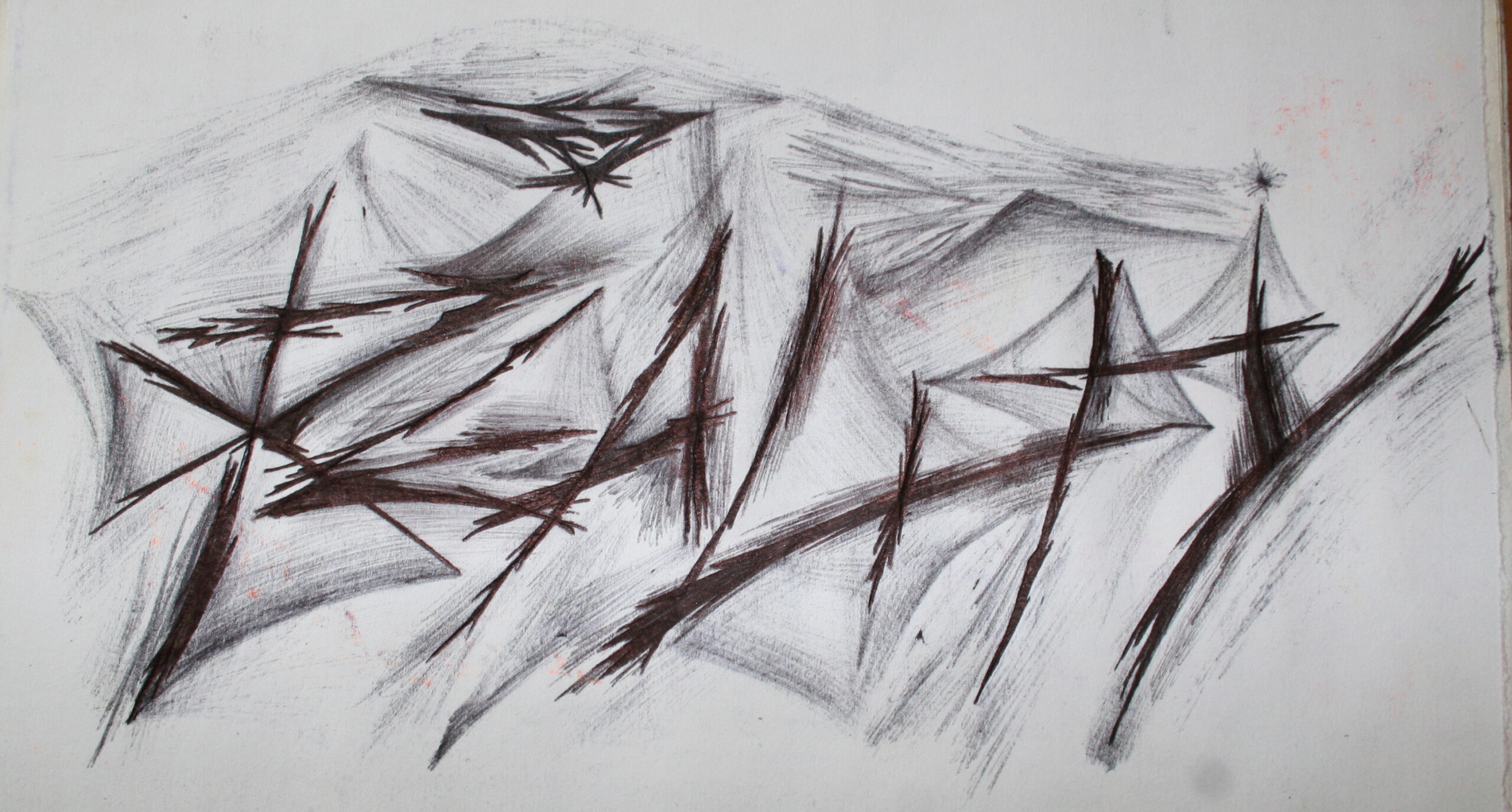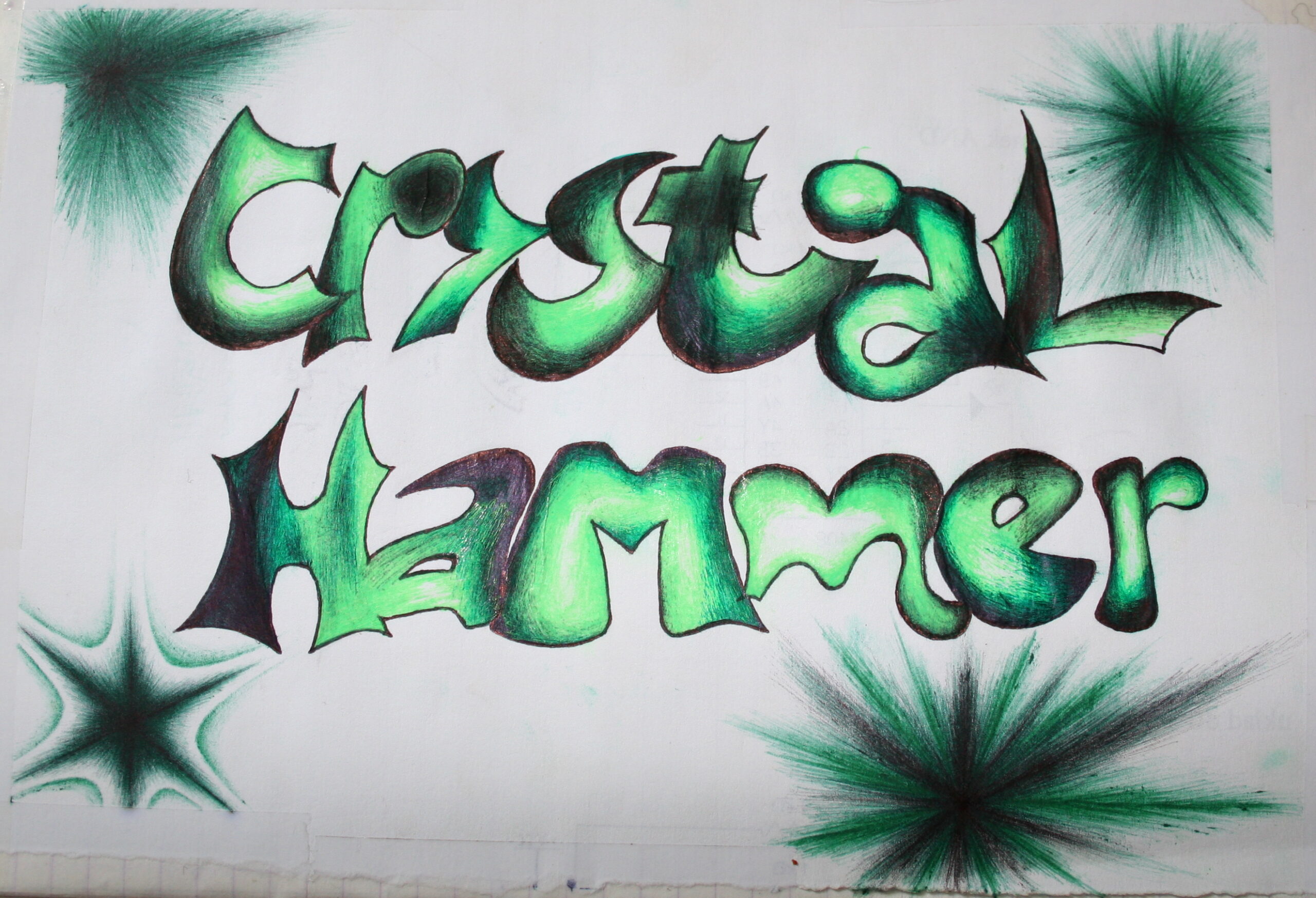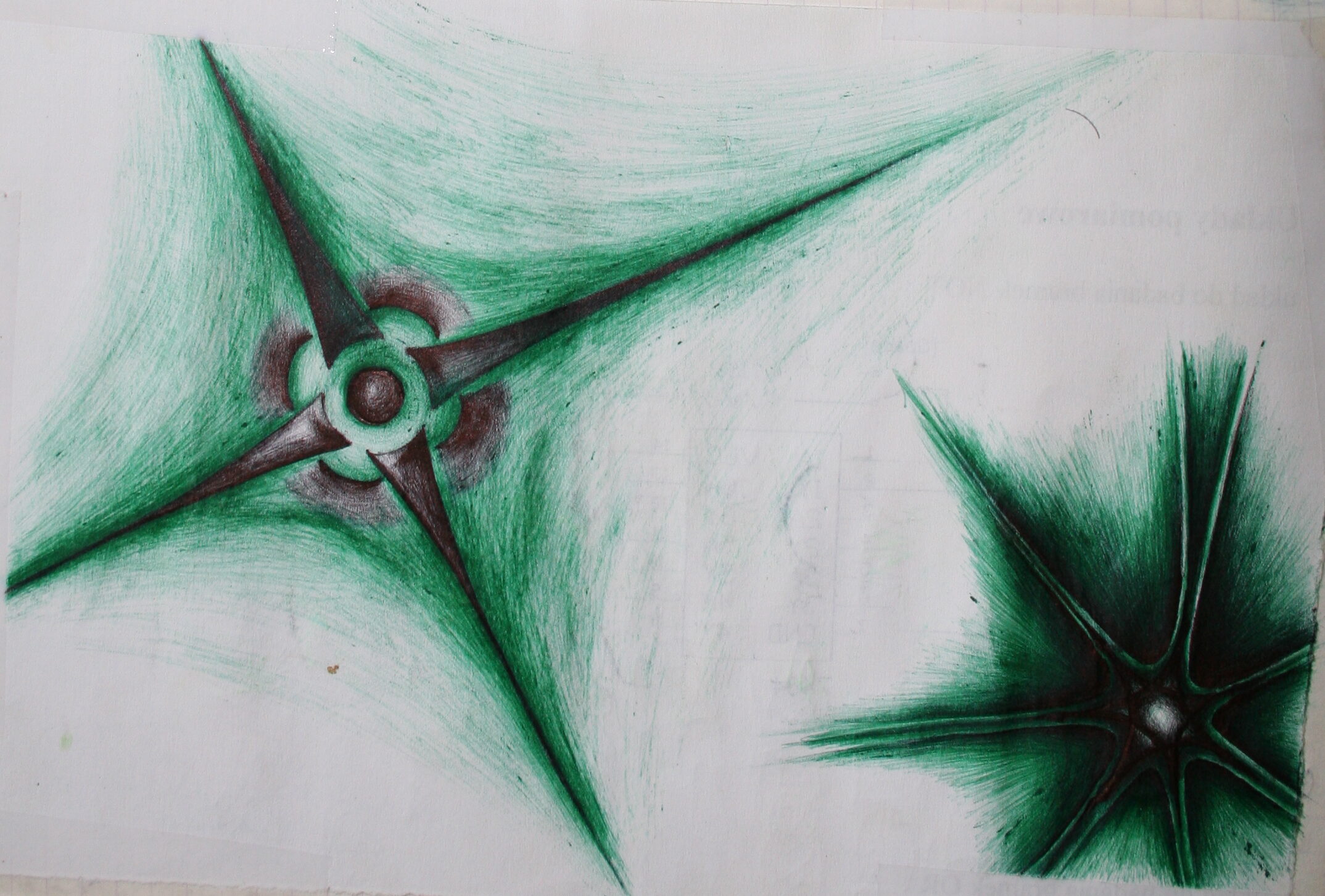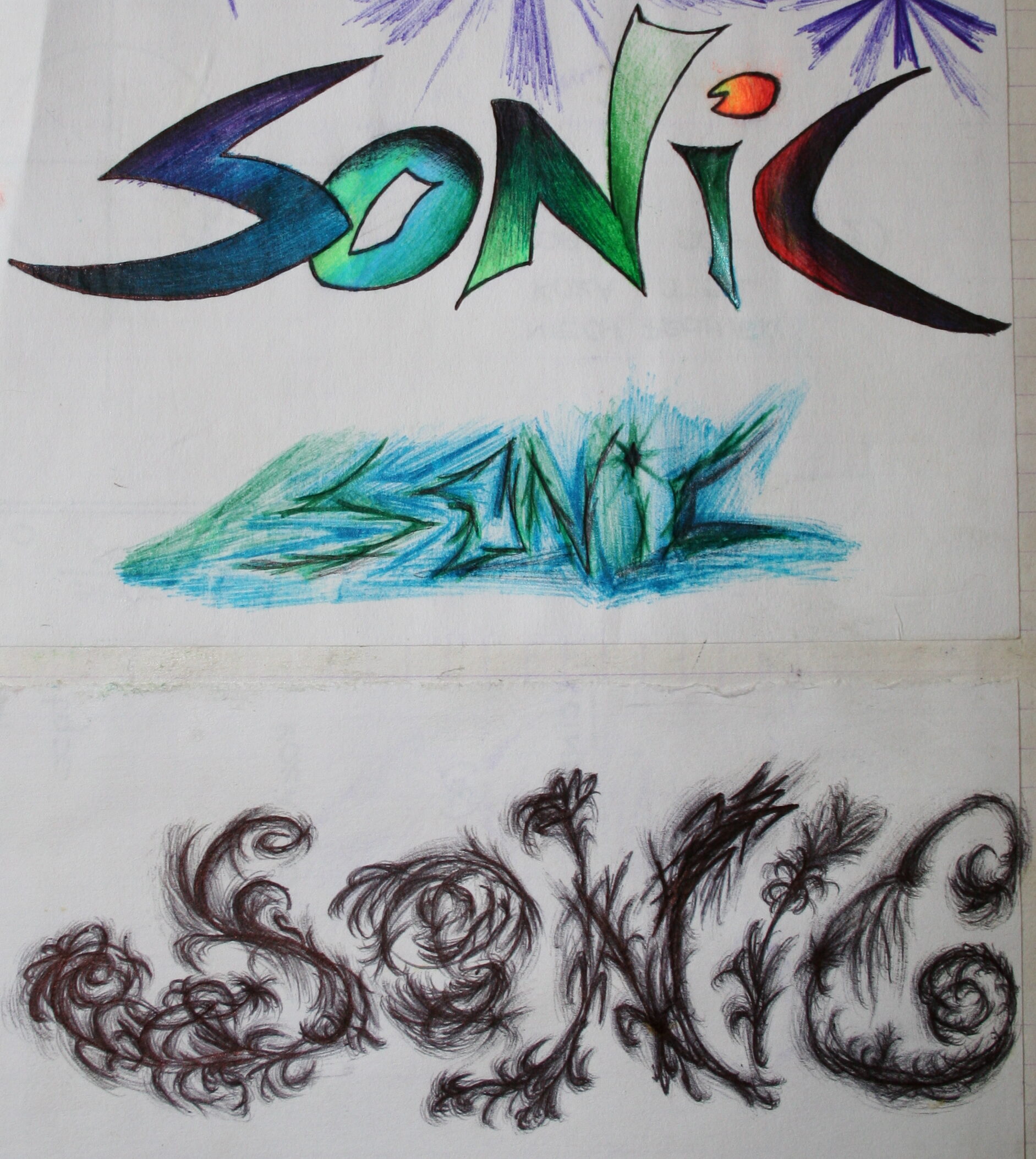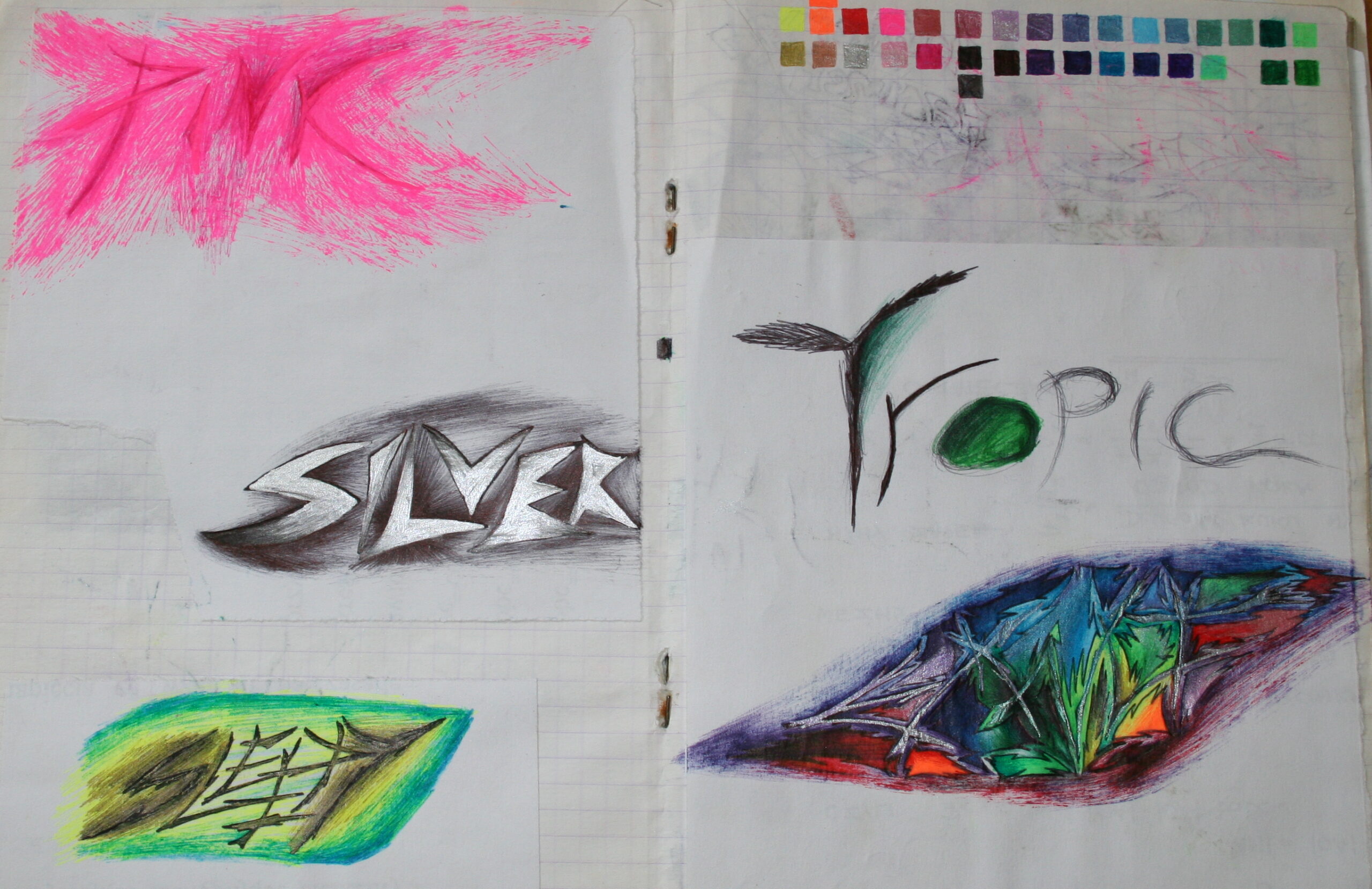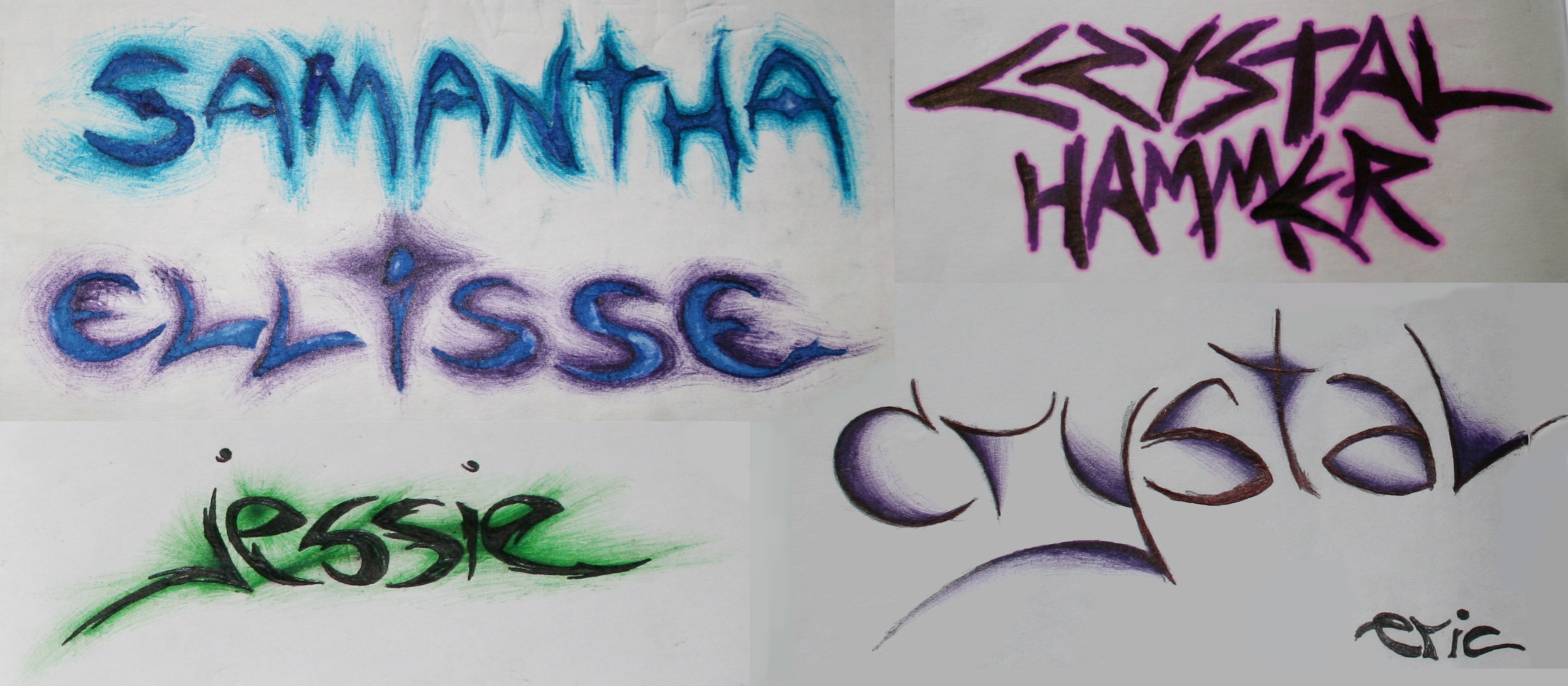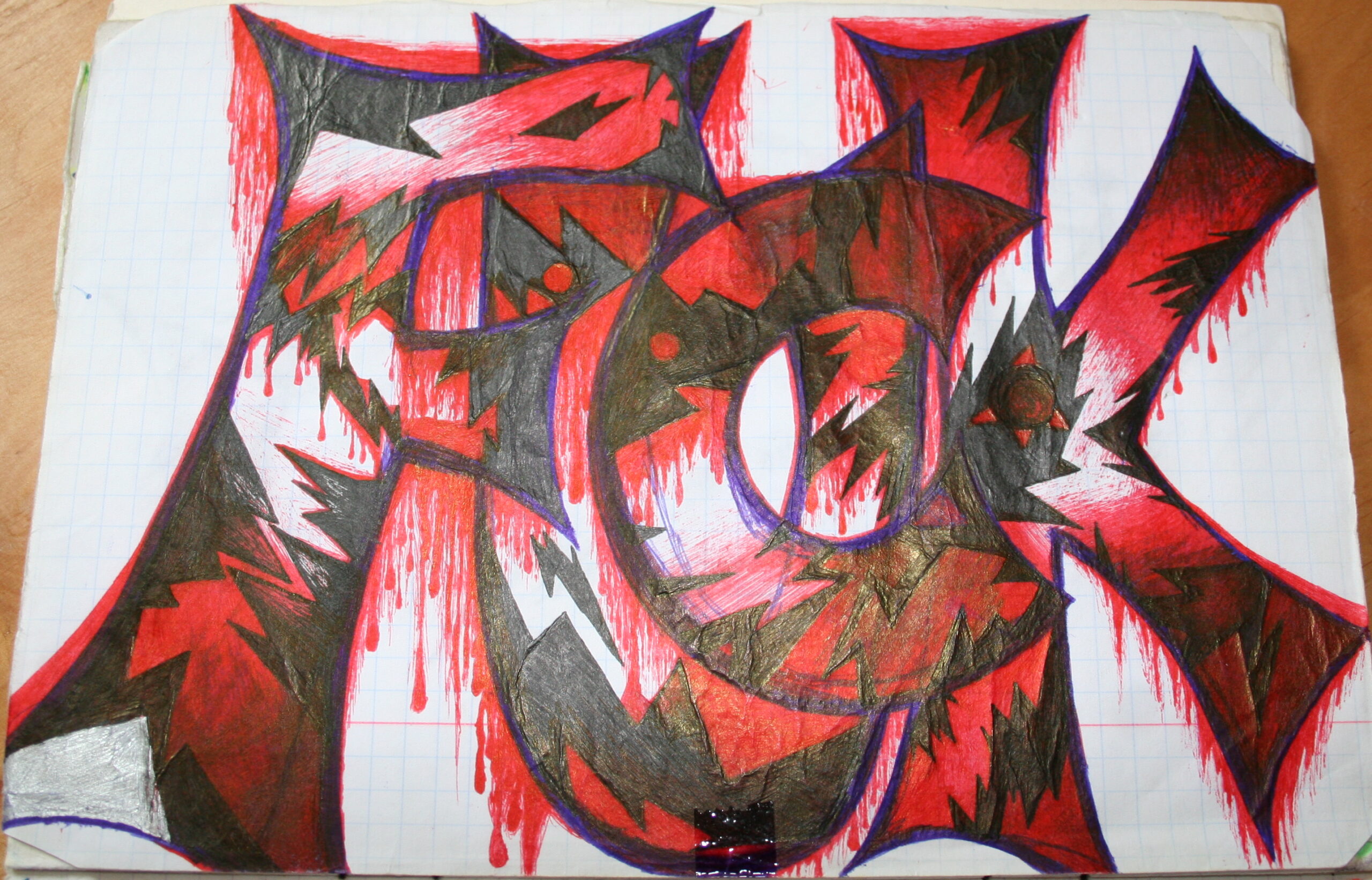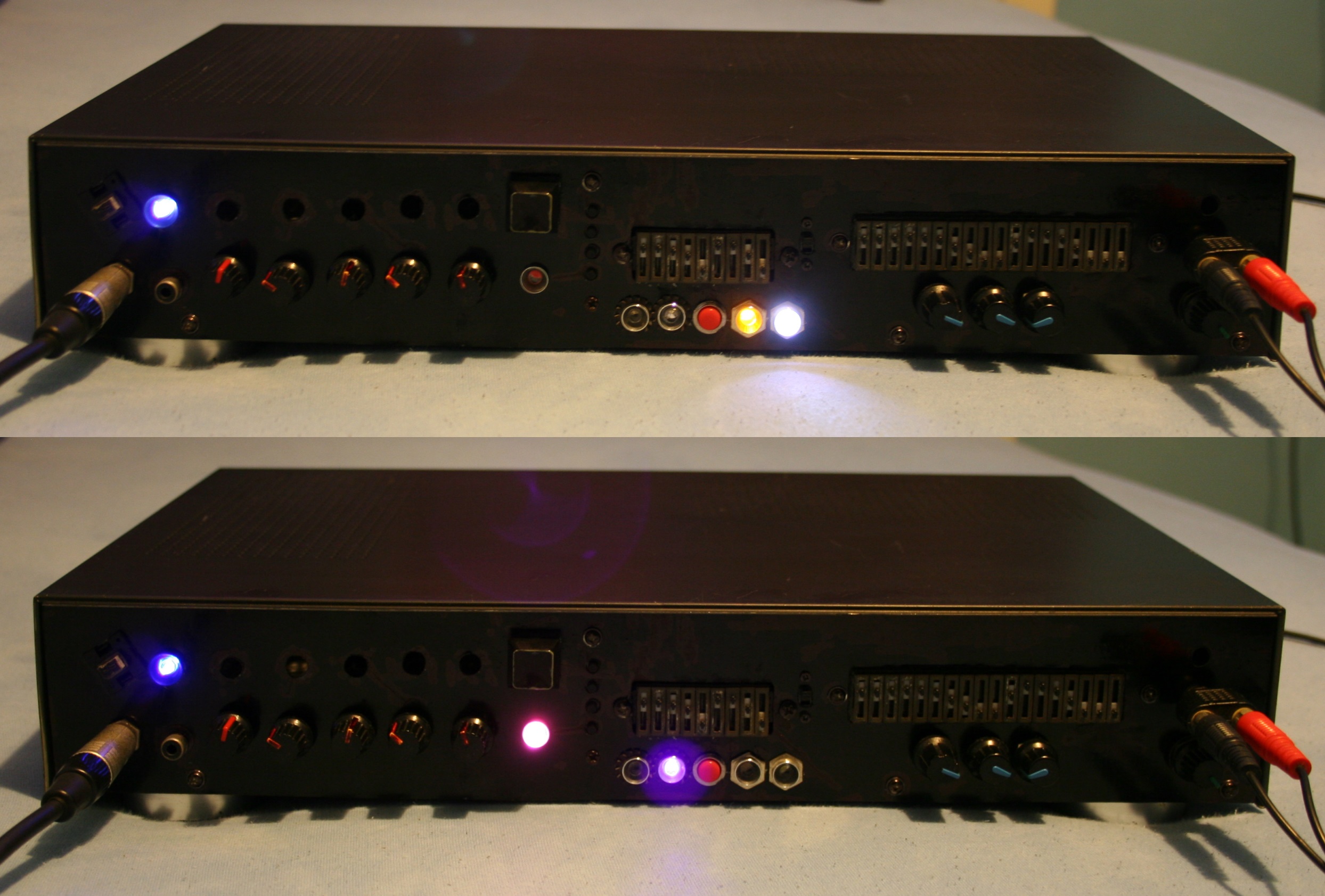
⏱️Overview
“Distortion X – The Great” was my final version of an analog guitar effect from 2004, and looked similar in 2003 already.
📊Features
It had a Distortion, Reverb / Echo and 2 Equalizers (9 and 18 bands).
The Distortion featured such regulations:
- Switch for Clean / Distorted mode, pink LED
- Clean Volume
- Drive (i.e. Distortion, Amplification)
- Low Pass (filter frequency)
- High Pass (filter frequency)
- Balance (mix between the two filters)
Reverb was made on the longer analog line MN3008.
It had only 3 potentiometers (knobs):
- Delay (i.e. Length: short would do Reverb and long did Echo, at reduced bandwidth)
- Feedback (how much from output was summed back to input)
- Volume (output mix between Reverb and clean)
- Switch to turn on/off, white LED
Equalizers were used only one at once. By default the Narrow one (9 bands) was for Clean mode and Wide (18 bands) was for Distorted, thus allowing more customization. Narrow had violet LED on left, and Wide had orange, on right.
It also had 2 switched, one would exchange Narrow with Wide (so the opposite to default, Narrow for Distorted). And other switch was to turn equalization off, mainly just to check the difference, most left, red-orange LED.
For a moment it had also the short Reverb / Flanger board with knobs, visible on pictures. But I didn’t use it. Power supply for it was different (not symmetrical) and that added more noise.
📜History
I was developing analog effects for electric guitar since we started playing in 2001. There were several versions of it. The 1st was just a distortion. The 5th had one 9 band equalizer and I think also a Reverb / Flanger on short delay line MN3007. The 8th was similar but had 18 band equalizer and long Reverb / Echo.
Since I was playing backgrounds and my friend solos, we needed 2 effects. The 5th and 8th were separate and best combination. I was naming them using Roman numerals, so this one, X was the 10th and last version.
⏳Conclusions
In 2004 I bought a digital effect, Digitech RP 200A, and first realized the huge difference between analog and digital effects. It was very feature rich and the sound quality was much better (probably like 20dB more, I guess my analog could be about 70dB SNR at best). Digital had many more effects like Chorus, Detune, realistic Reverb, high quality Echo, Cabinet models etc, and was stereo. But that model was very poor in regulations, there was only one parameter for each effect that could be changed (whole effect had only 3 nobs).
So even though it was higher quality and had more features (but less regulations), I still used my Distortion for some time. Also since the digital sound and because we started college we stopped playing together so often and then at all. Also we had the digital one so I could just put all equalizers and reverbs in one. Then I finished it with a better case (from an Audio CD Recorder, which internals I moved to a worse case).
➡️End
I sold it recently. For a ridiculous price, maybe just summing up to what parts had cost me. But there was a lot of time dedicated to developing it and making PCBs. But still, I’m glad I freed up cabinet space and didn’t have to throw it out (too sentimental to do that). Also got some money for it and somebody could find it useful or maybe even educational. I sold my guitars that year too. They were just gathering dust for too many years.
It was great for what it was. It was the best I could make of what was possible at the time. Recently I thought a few times already, about how much easier and more advanced a digital effect processor could be made. For example Teensy 4.0 has a lot of power, ADC and DAC are available nowadays as codec chips rather cheaply and Teesny seems to be popular for music devices and similar projects. Maybe even slower MCUs could that earlier. Earlier I have even searched and found an already open source guitar effect, I forgot which was it, but searchin now gives even more results.
📷Gallery
Also with pictures of inside and schematics.
